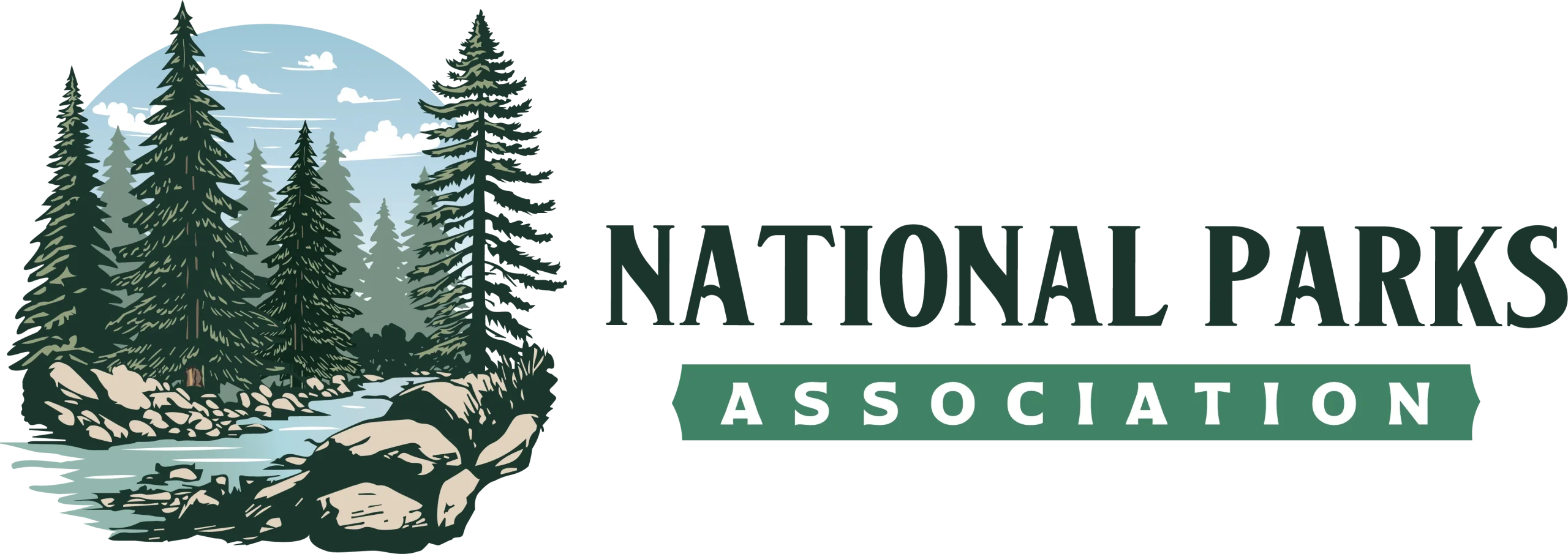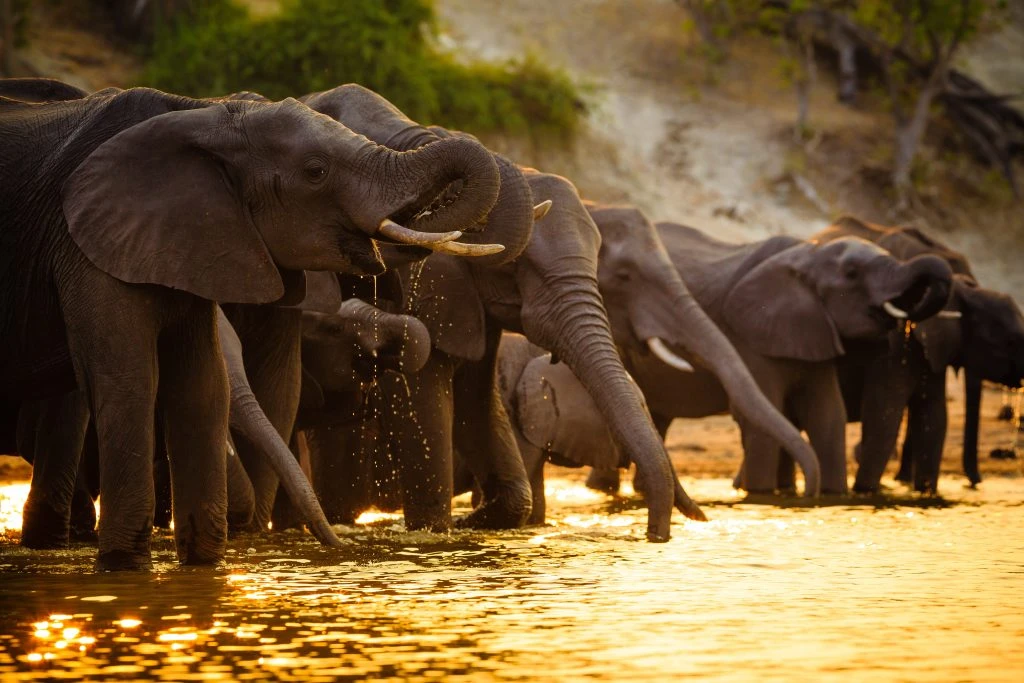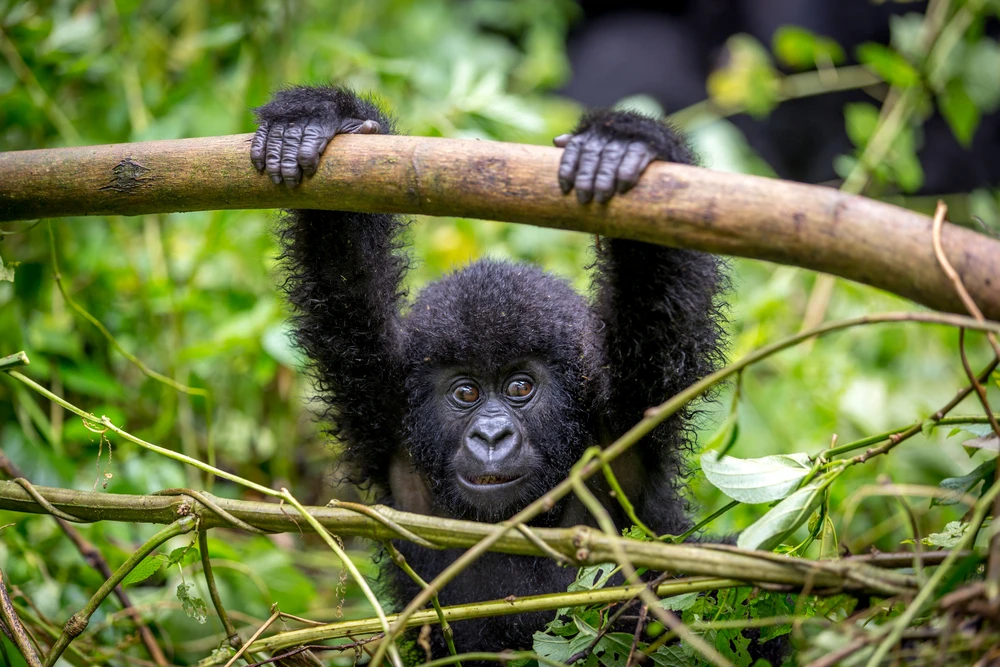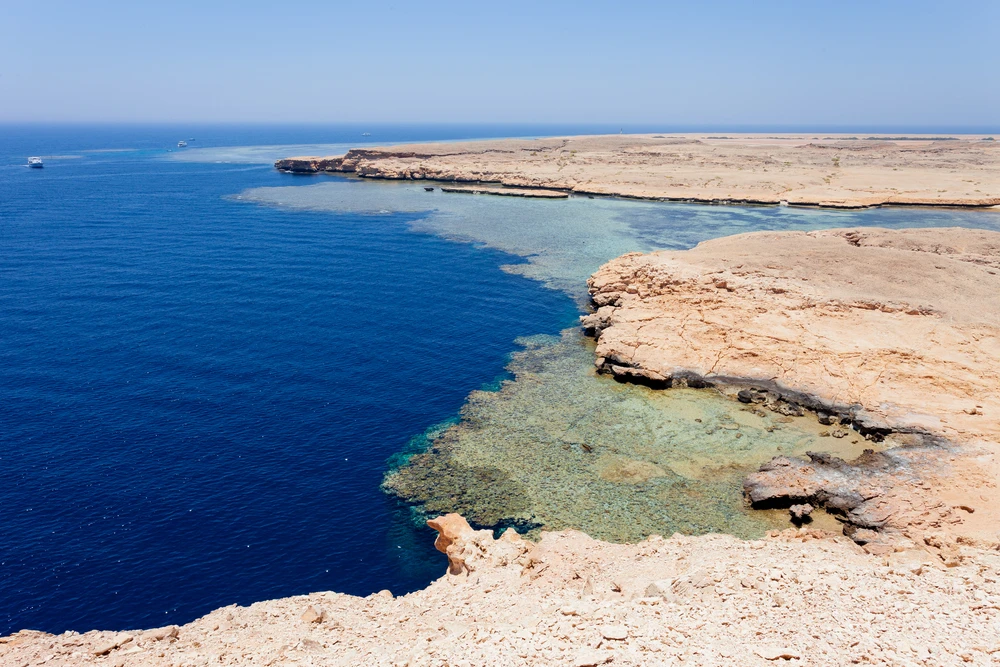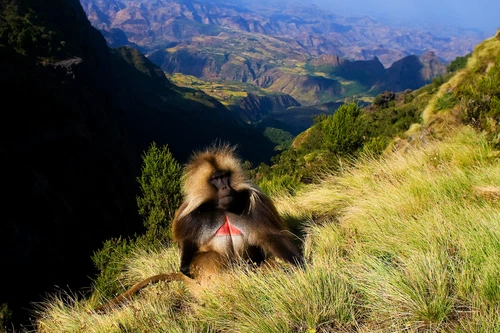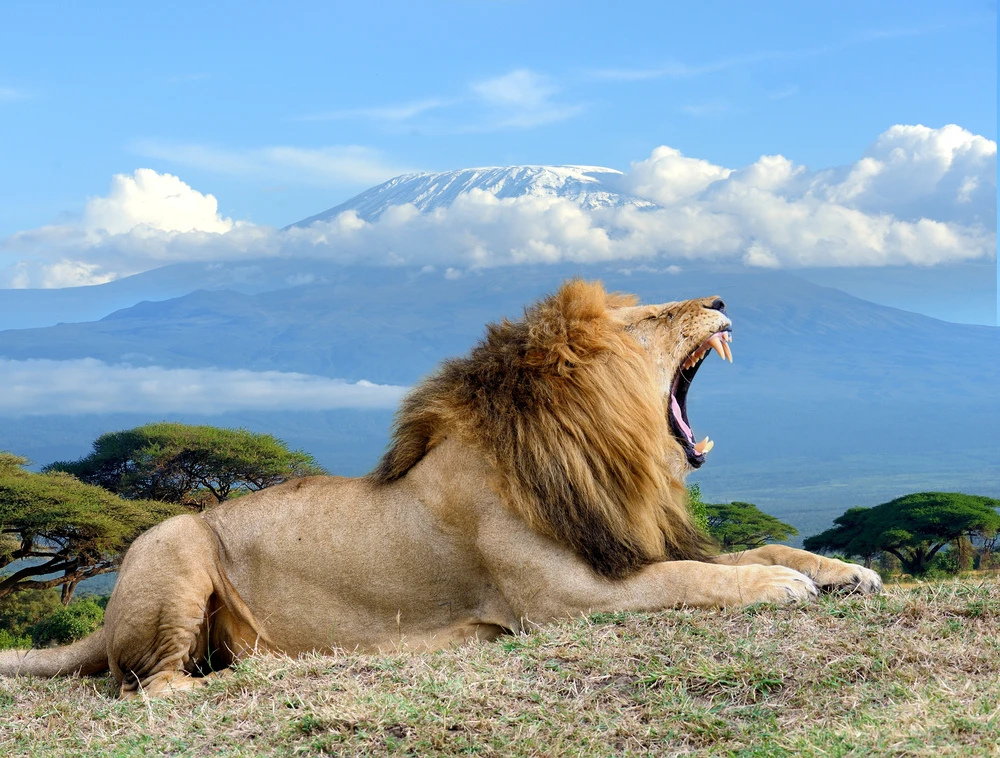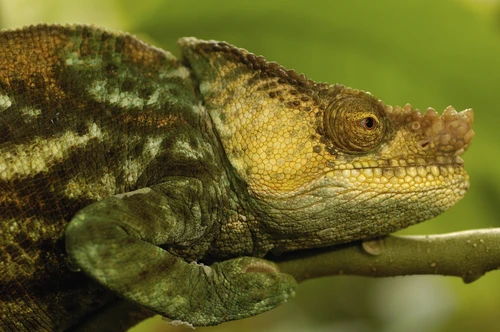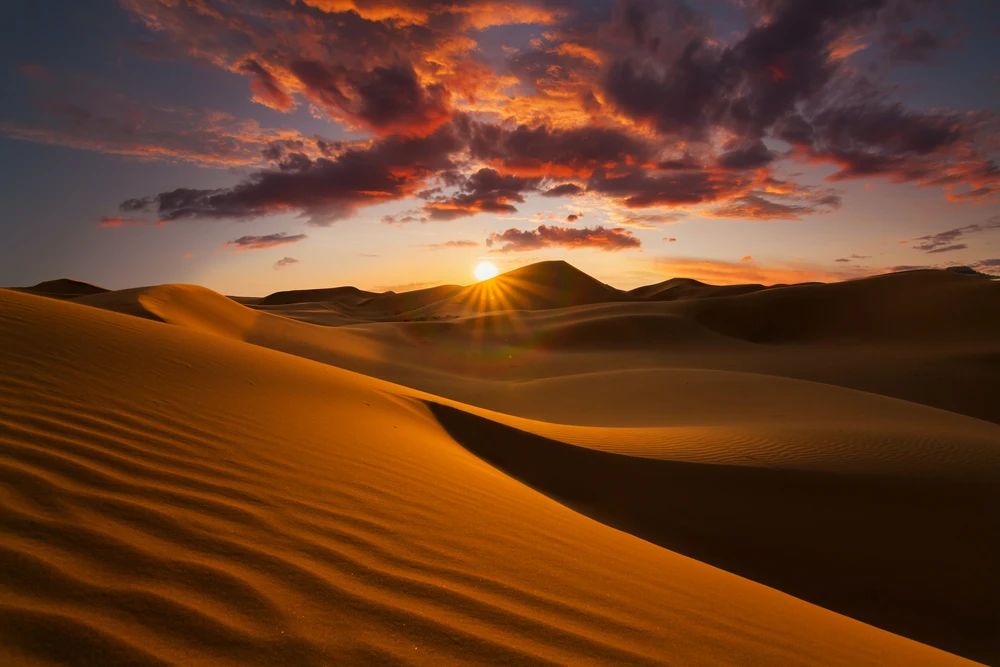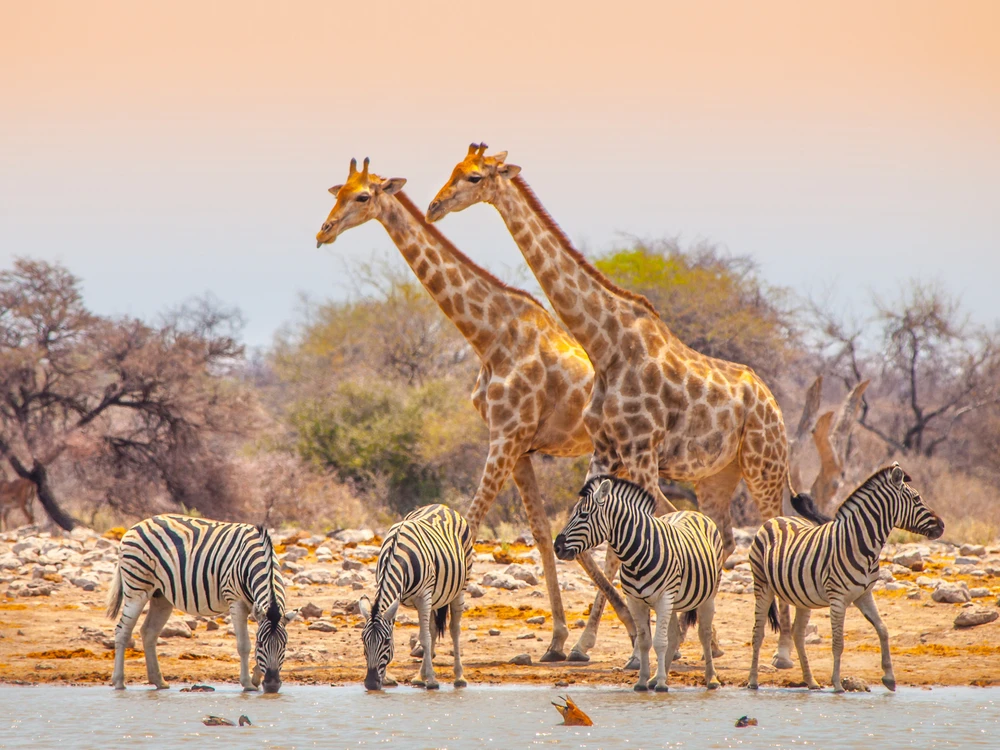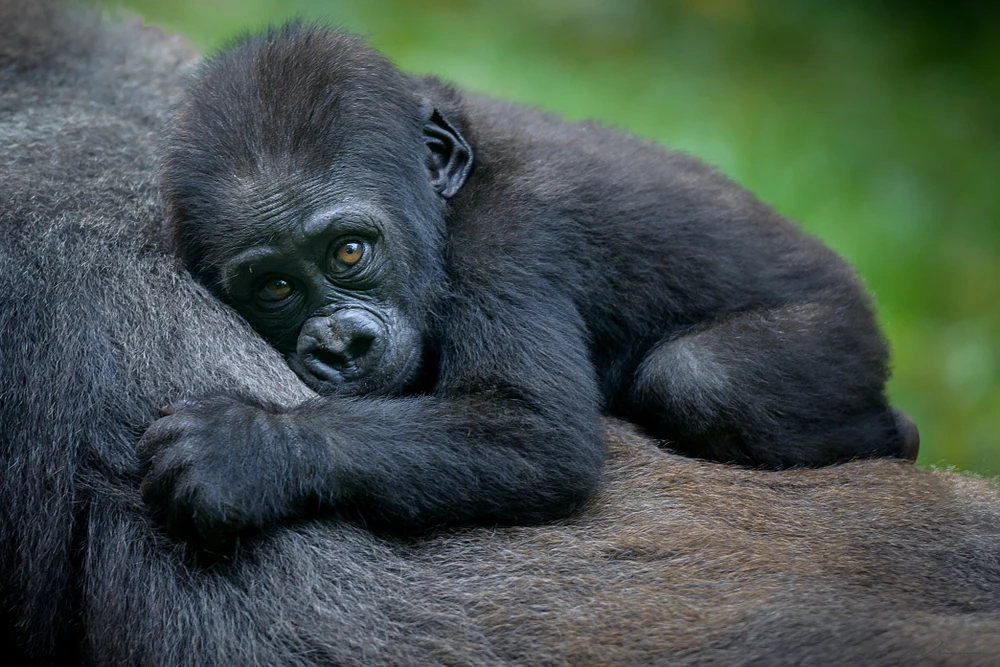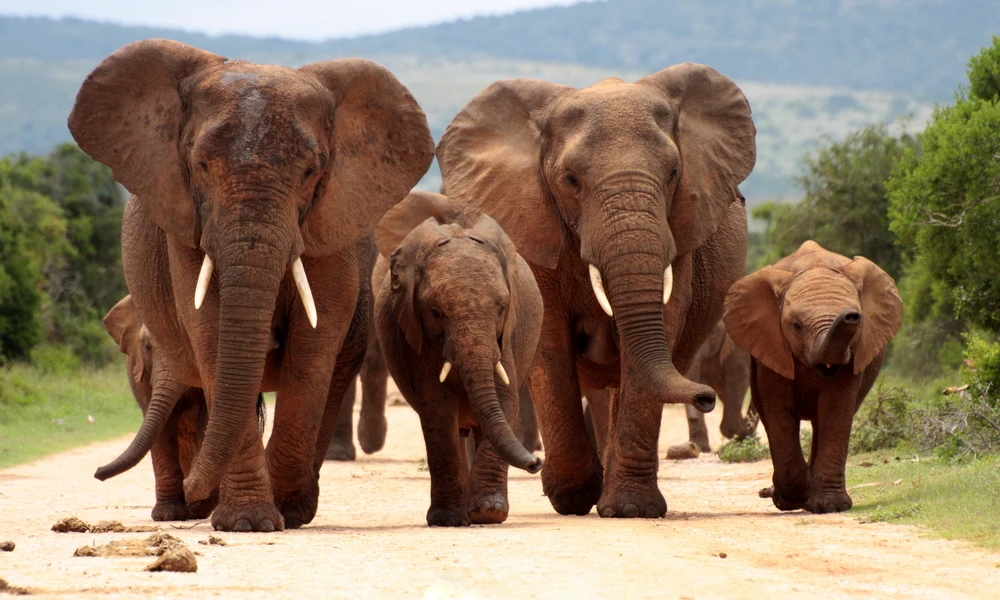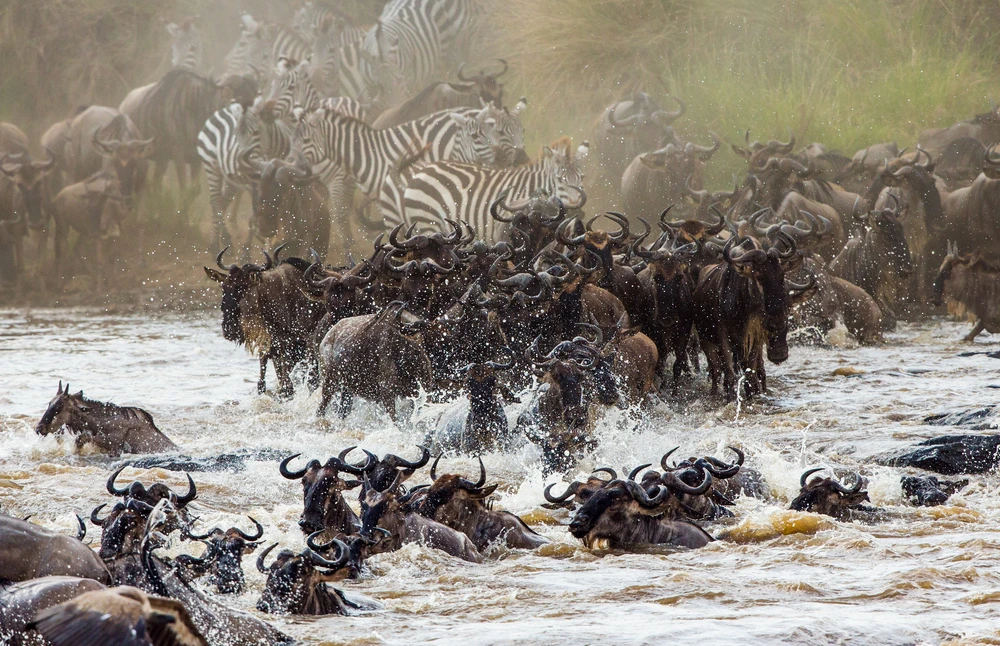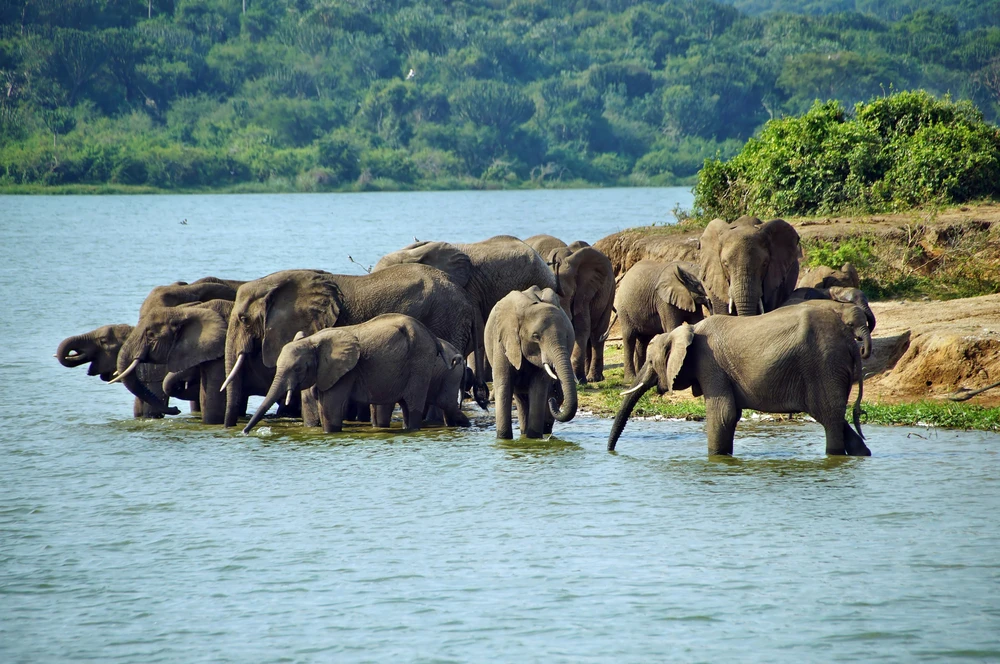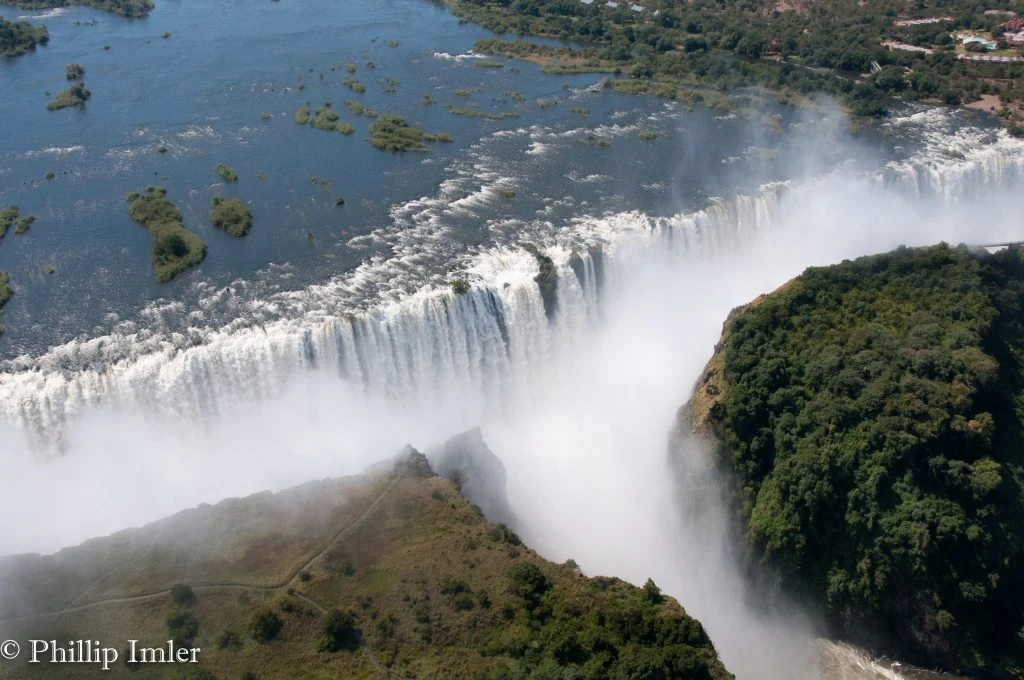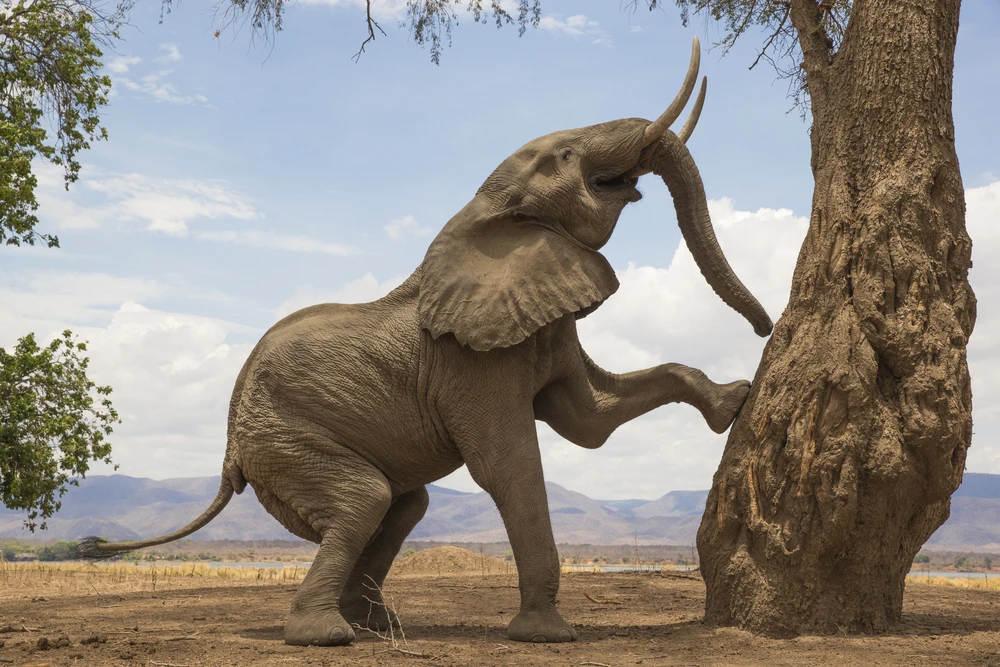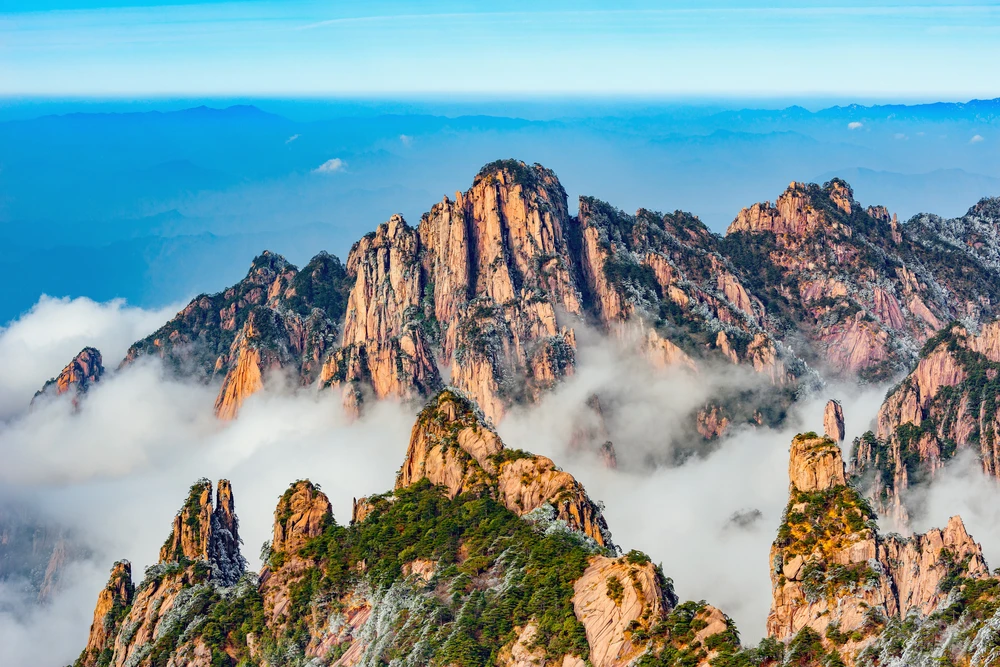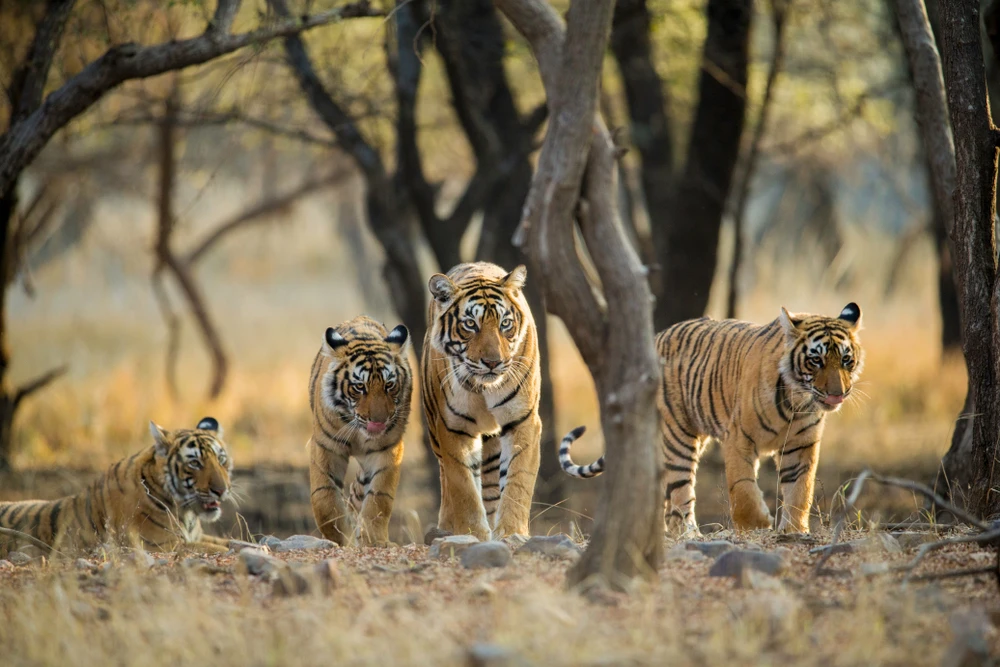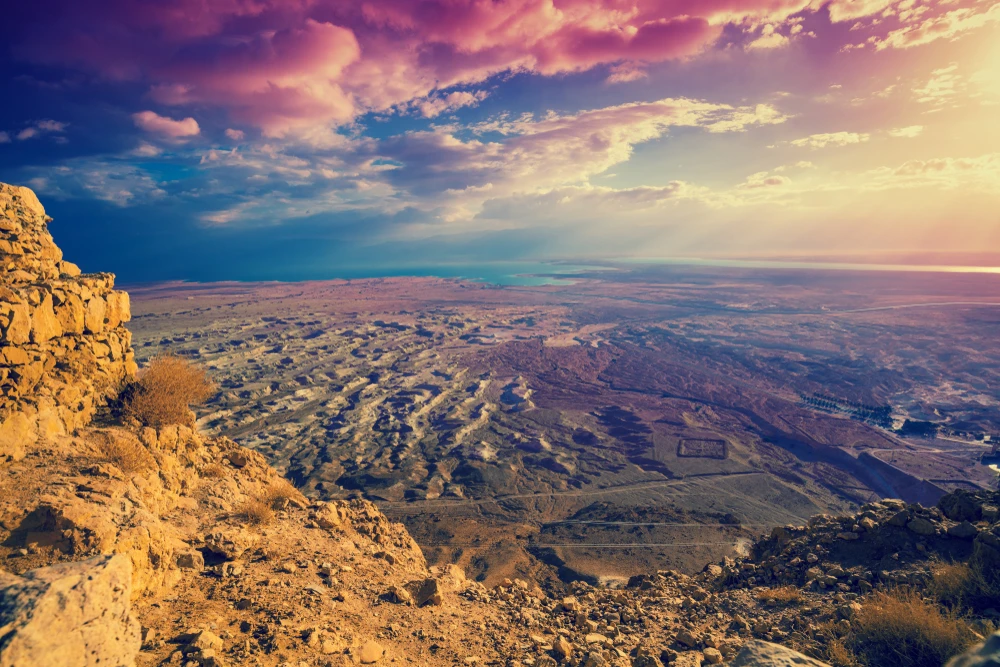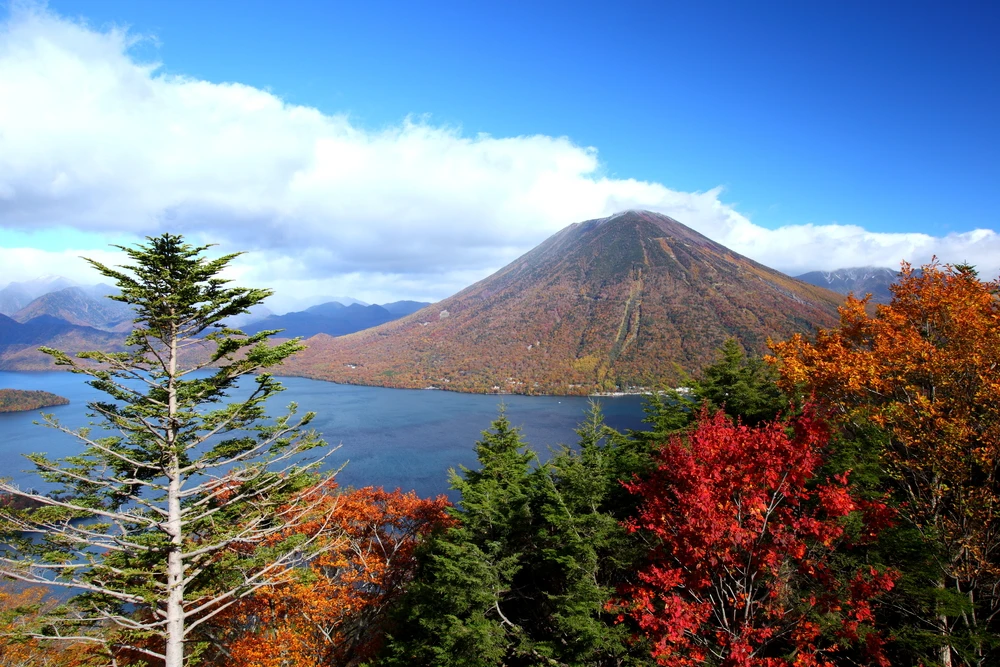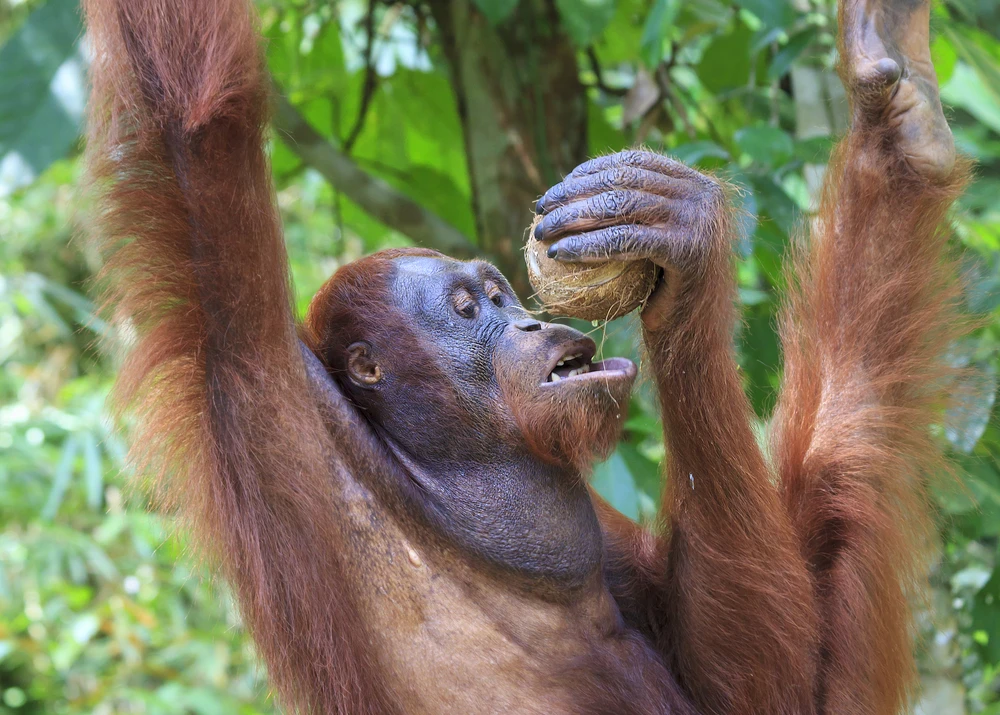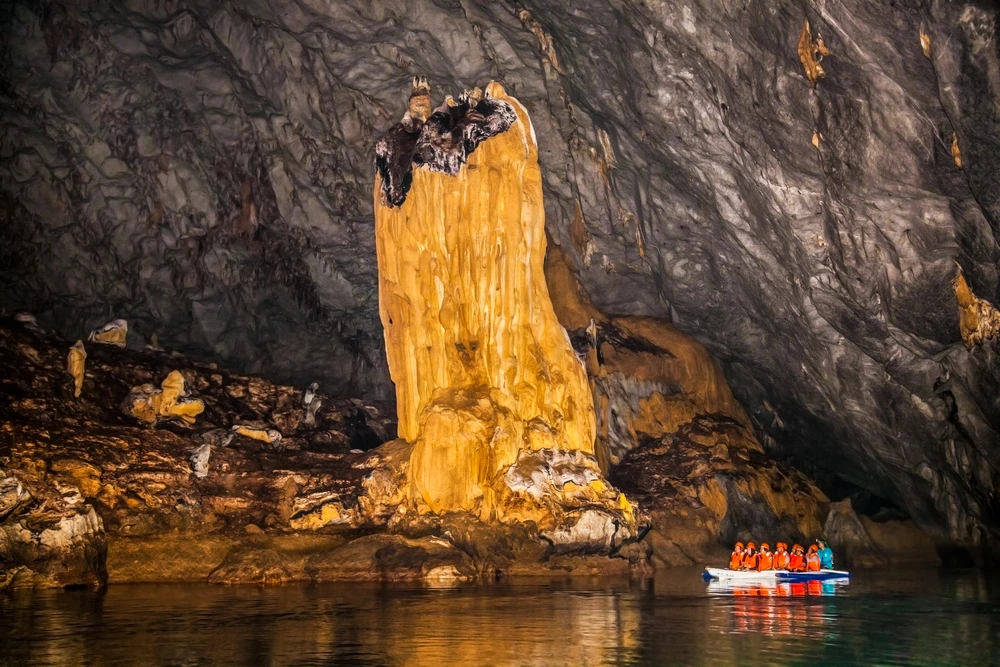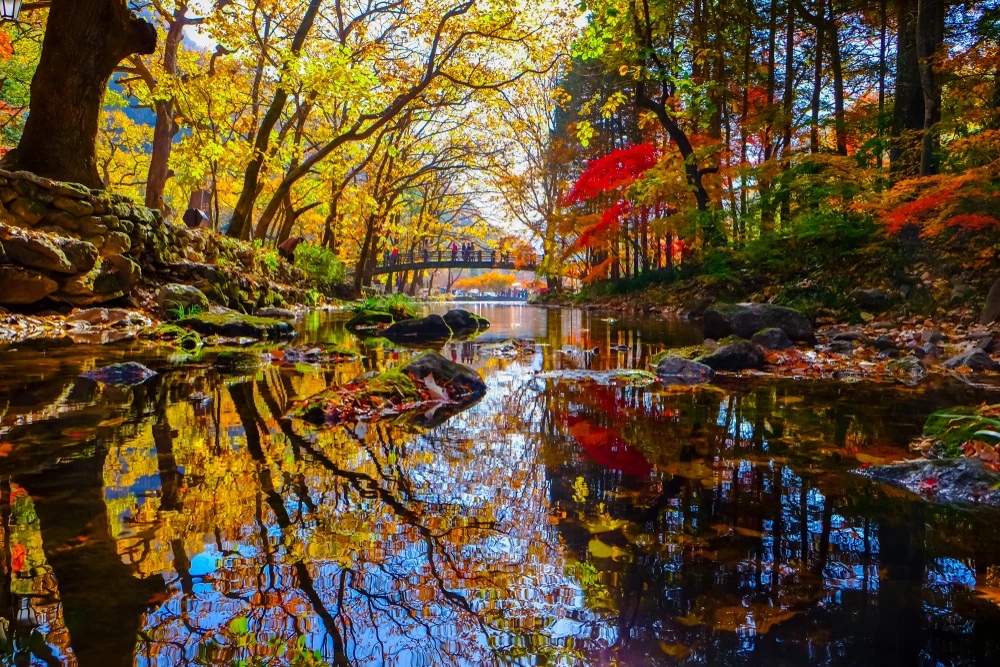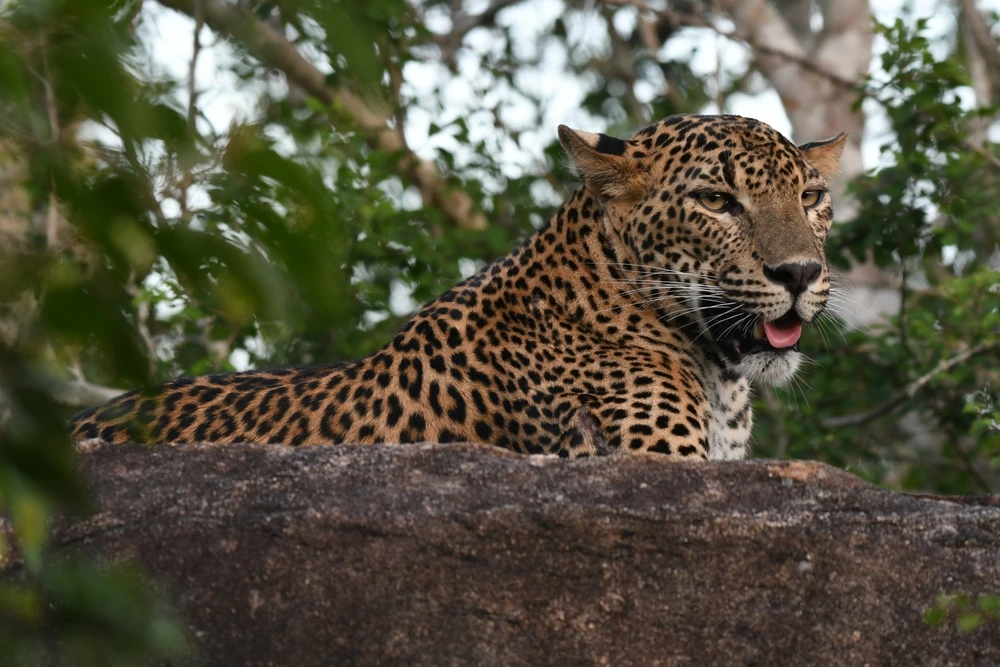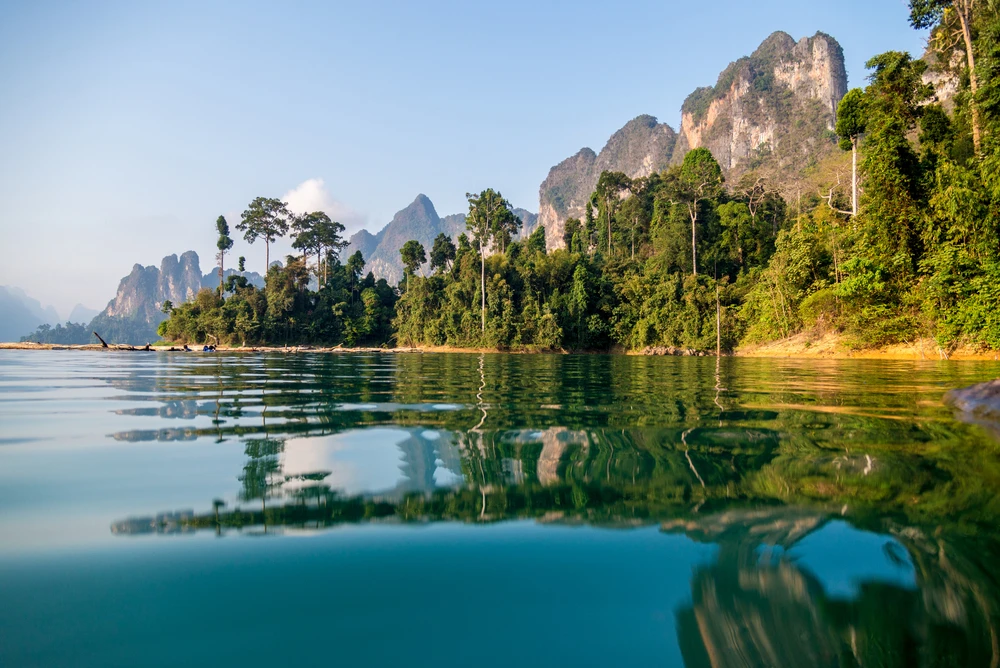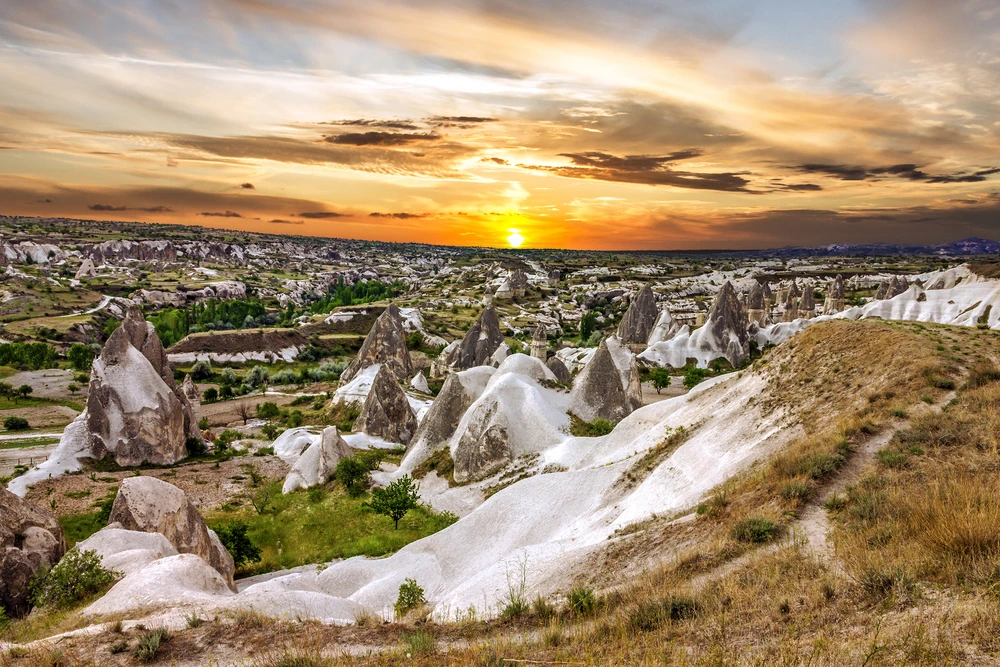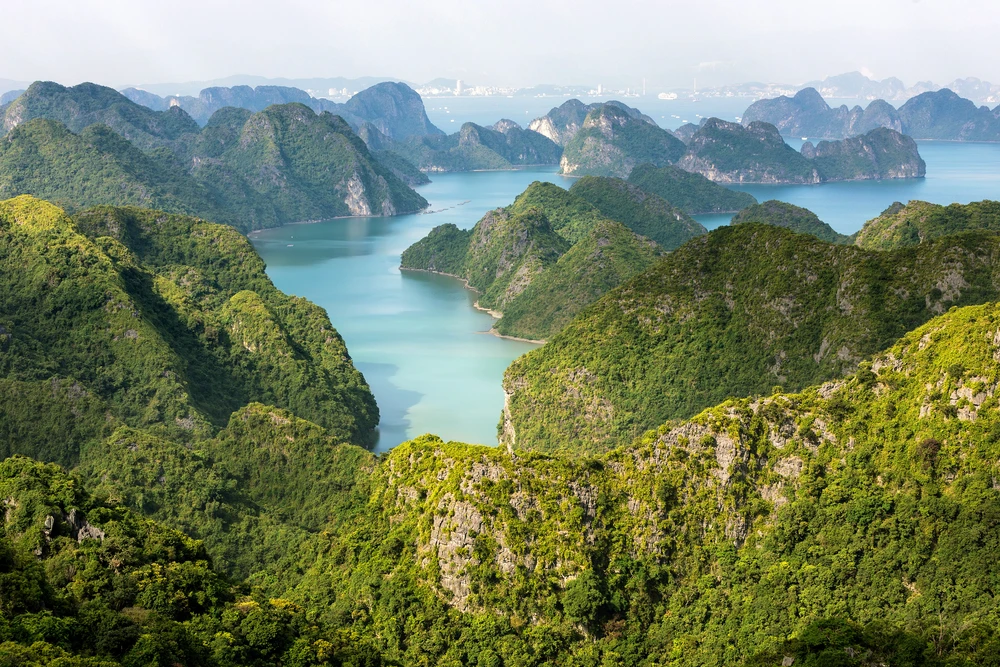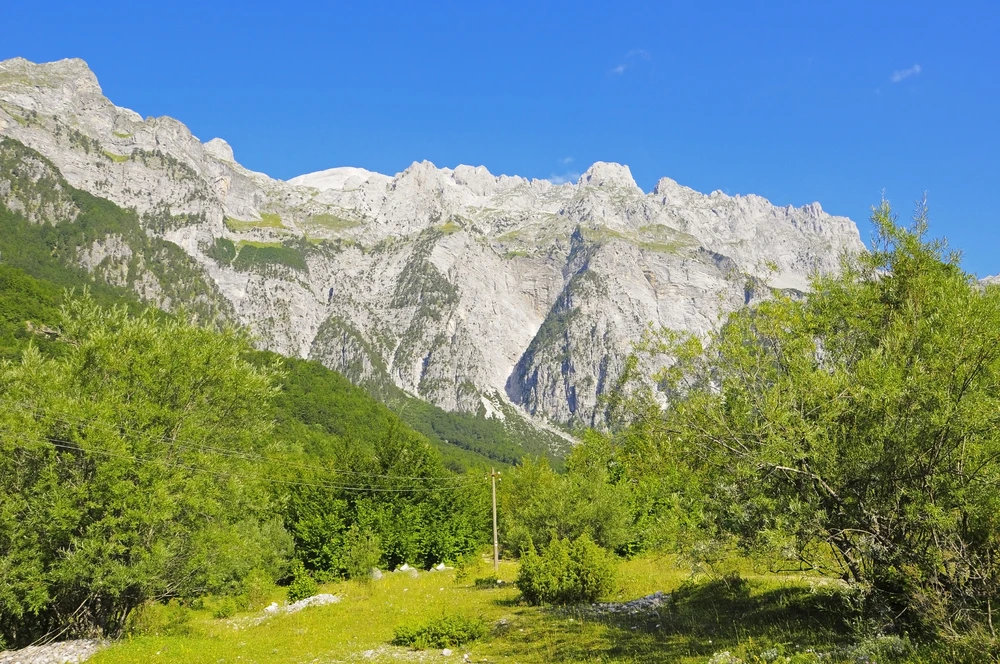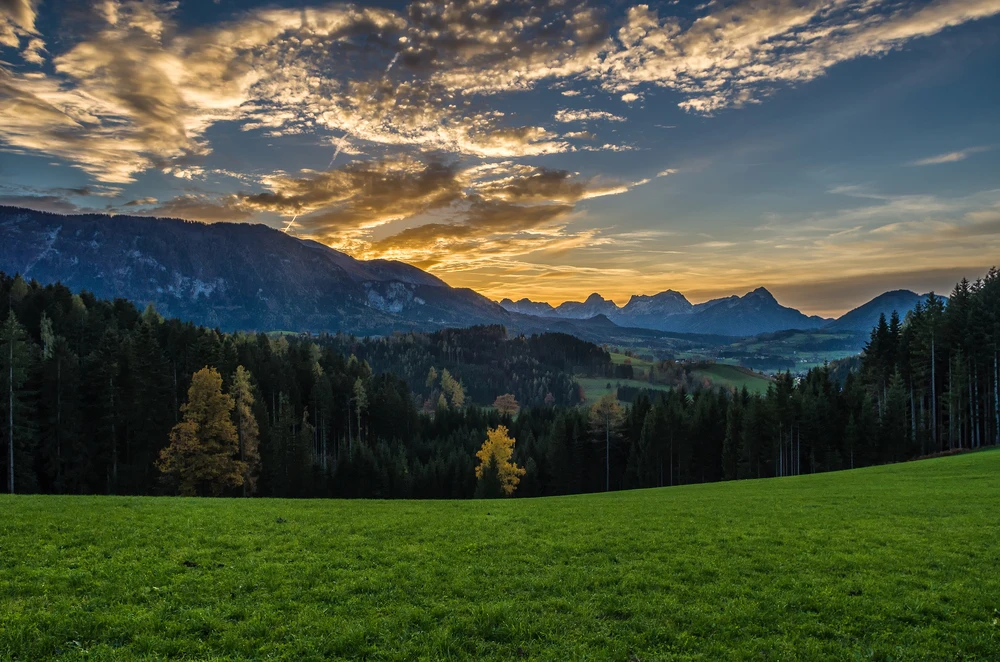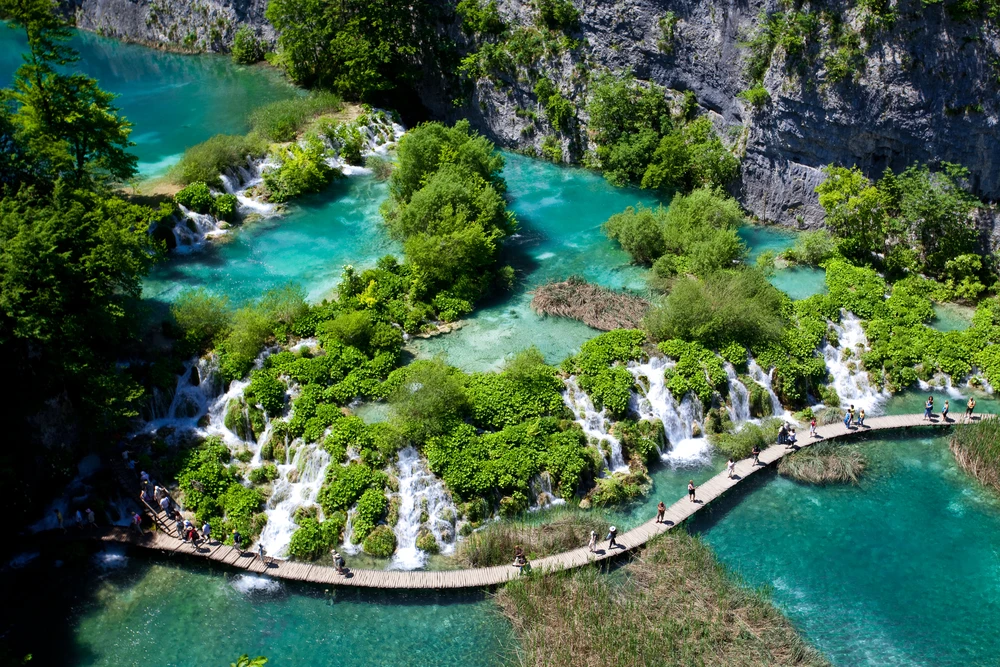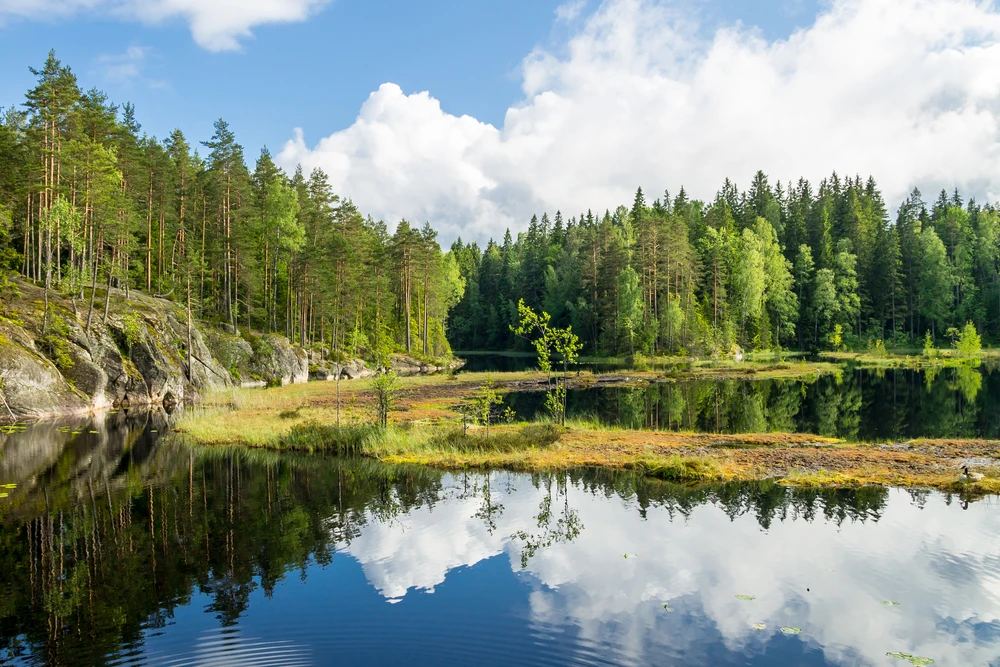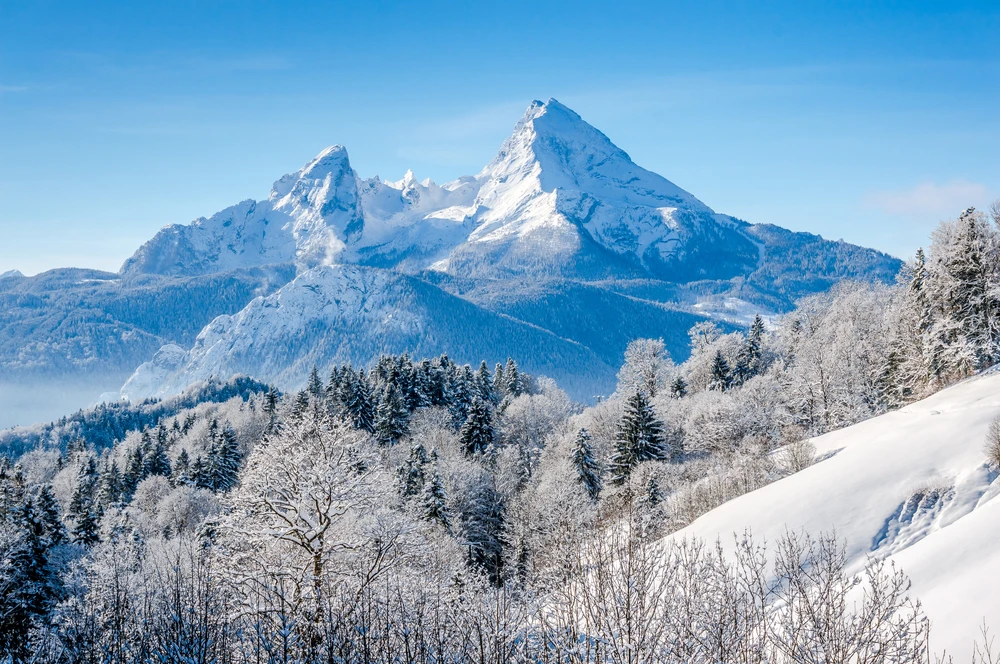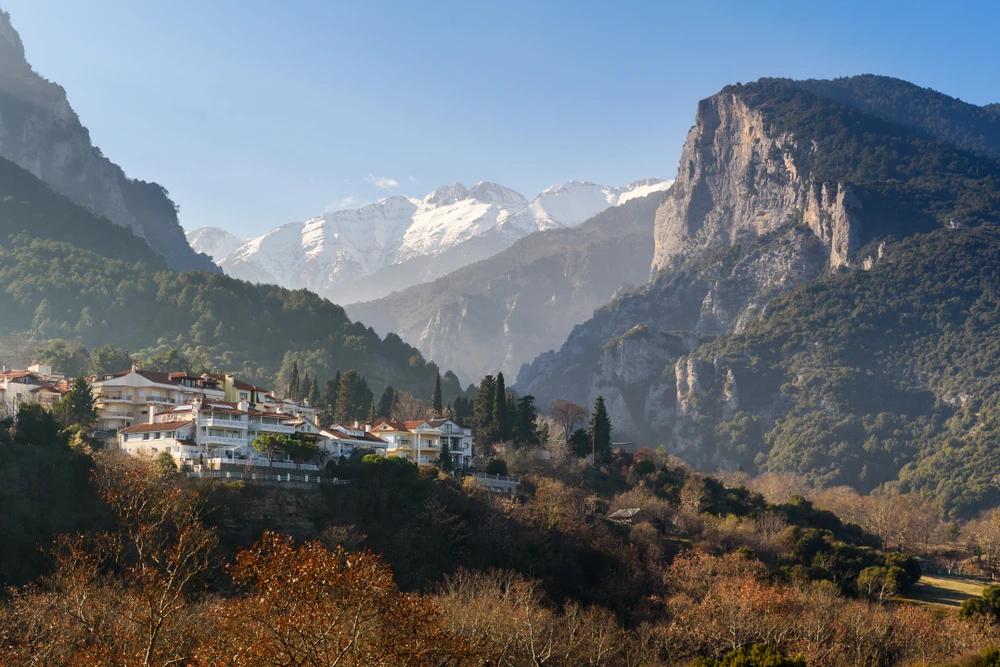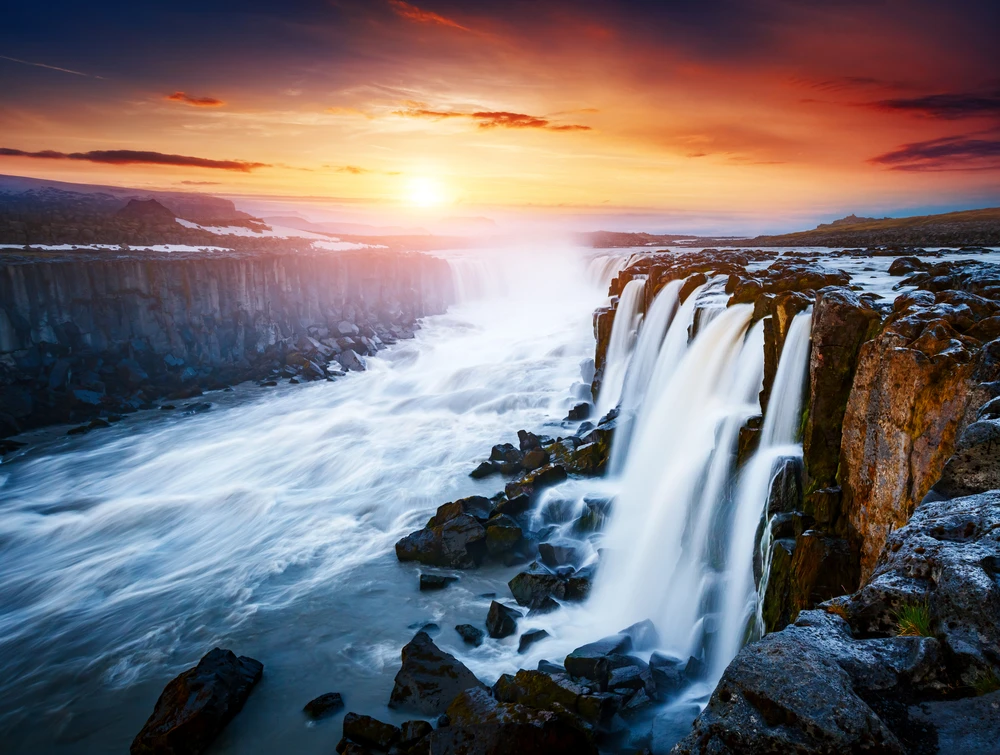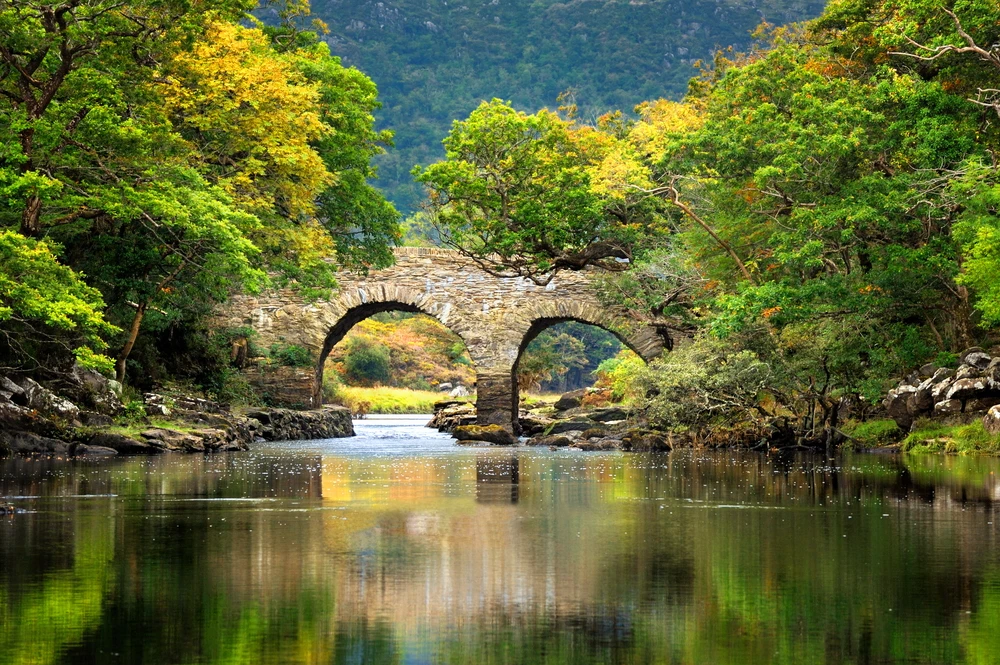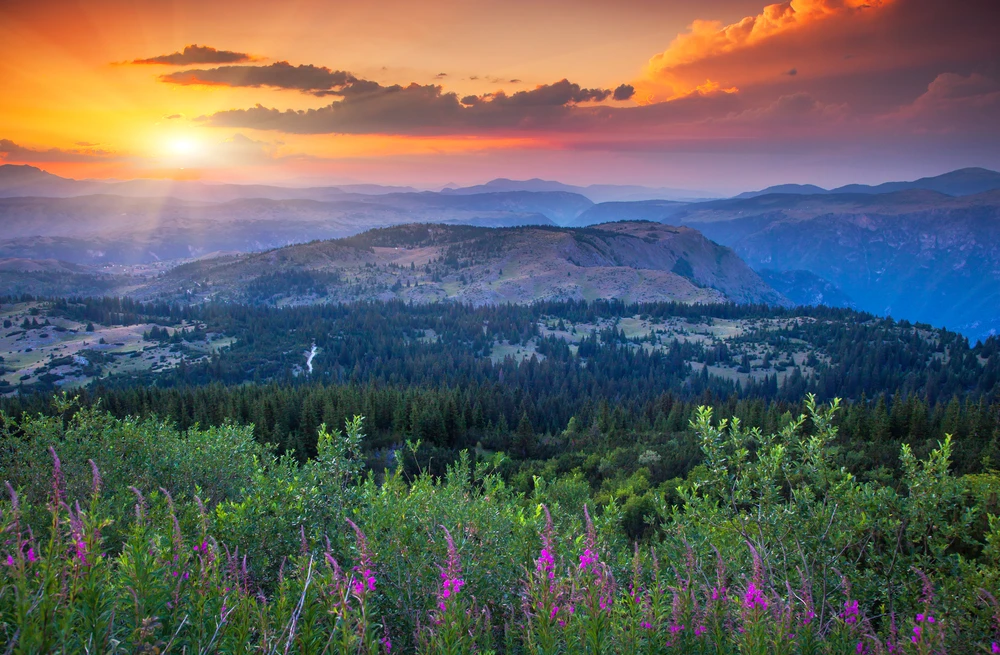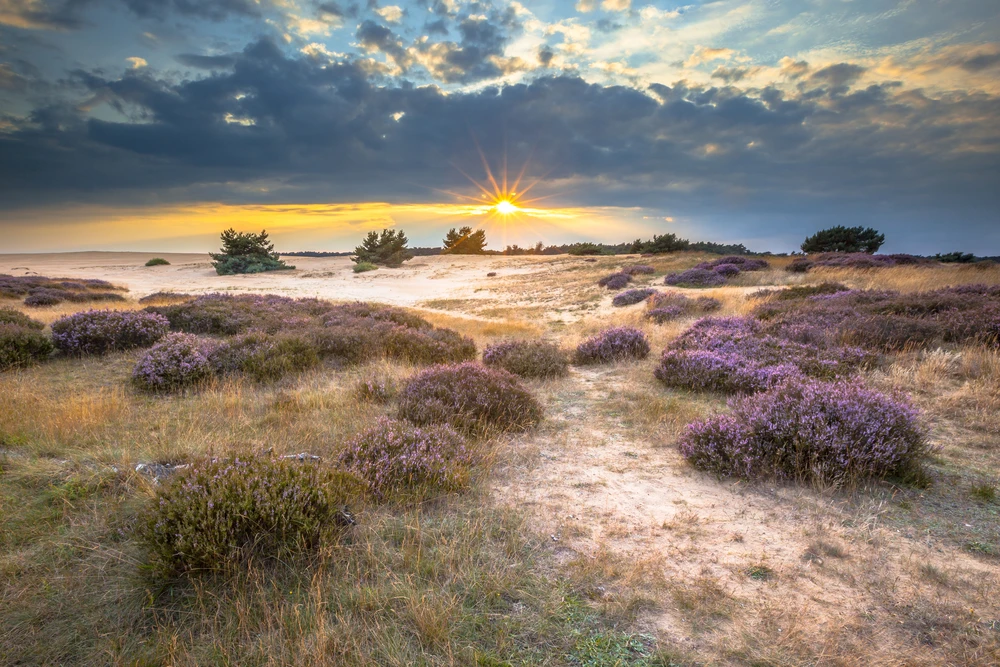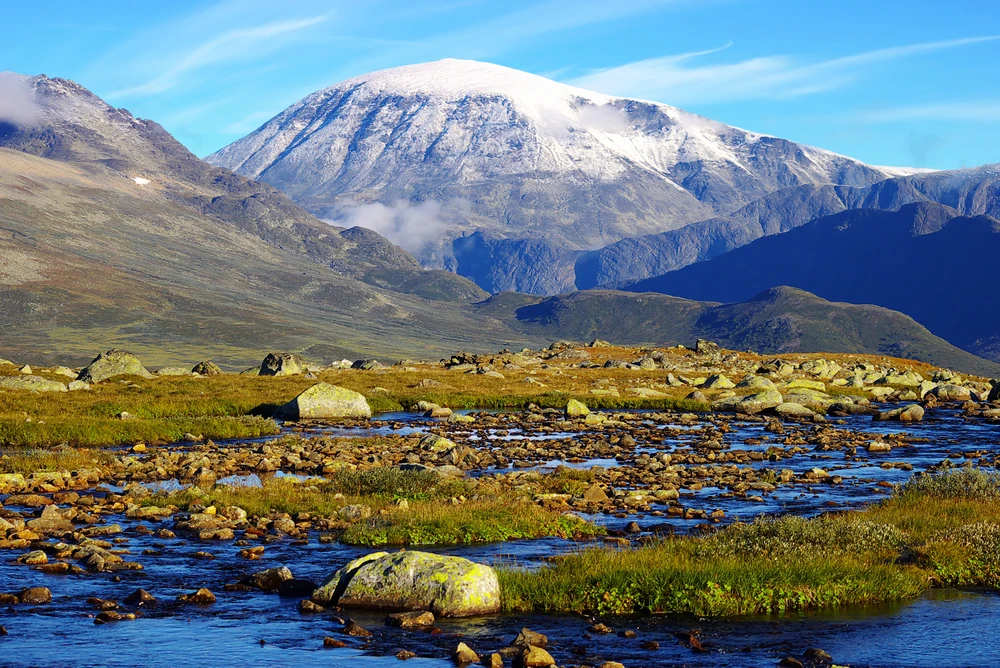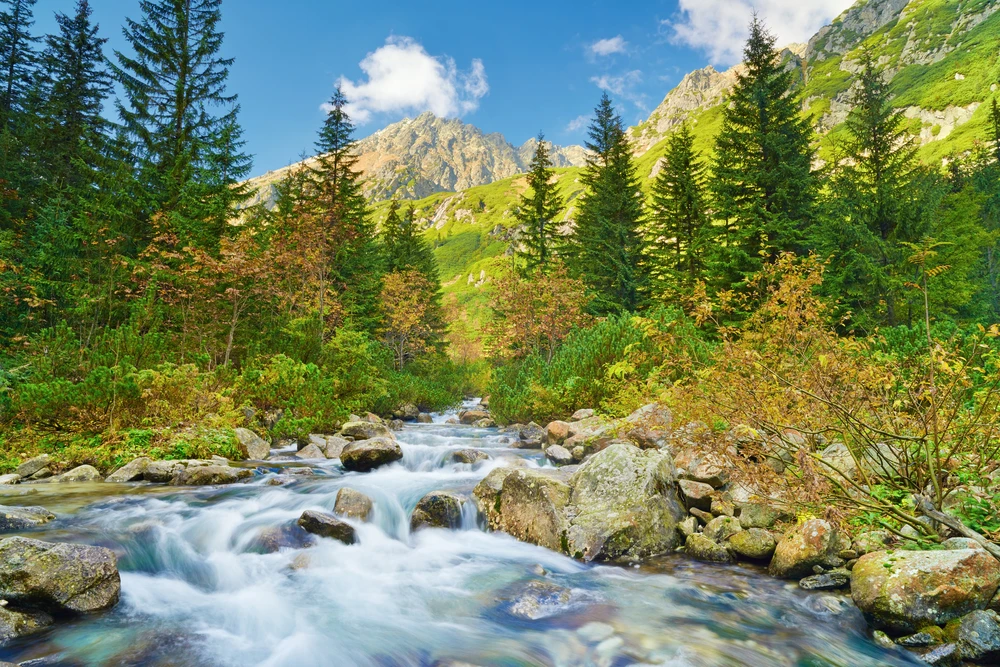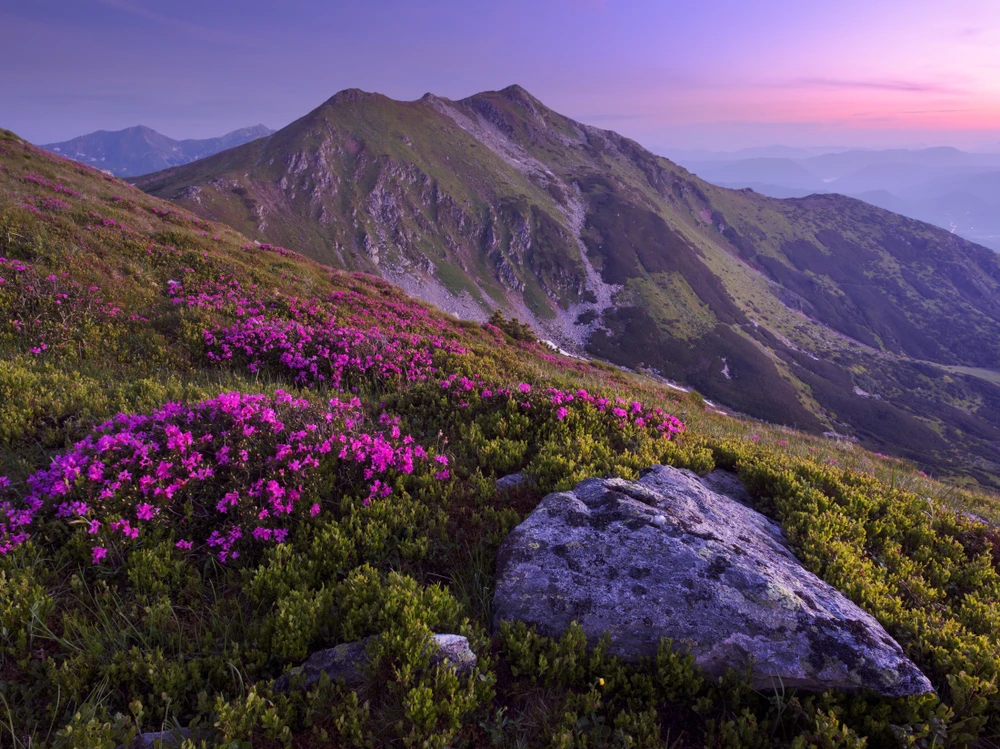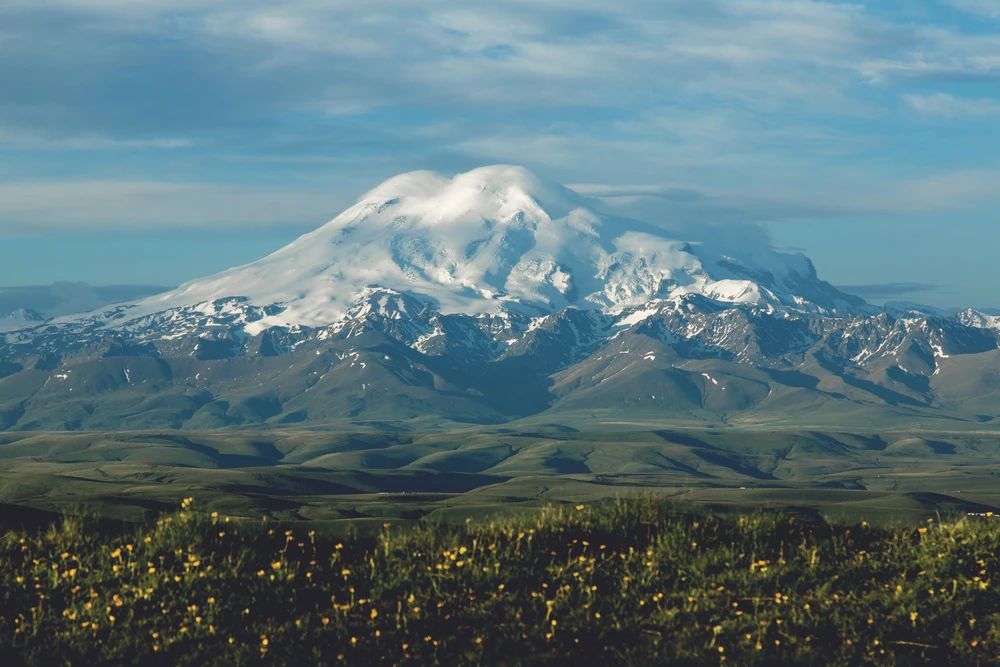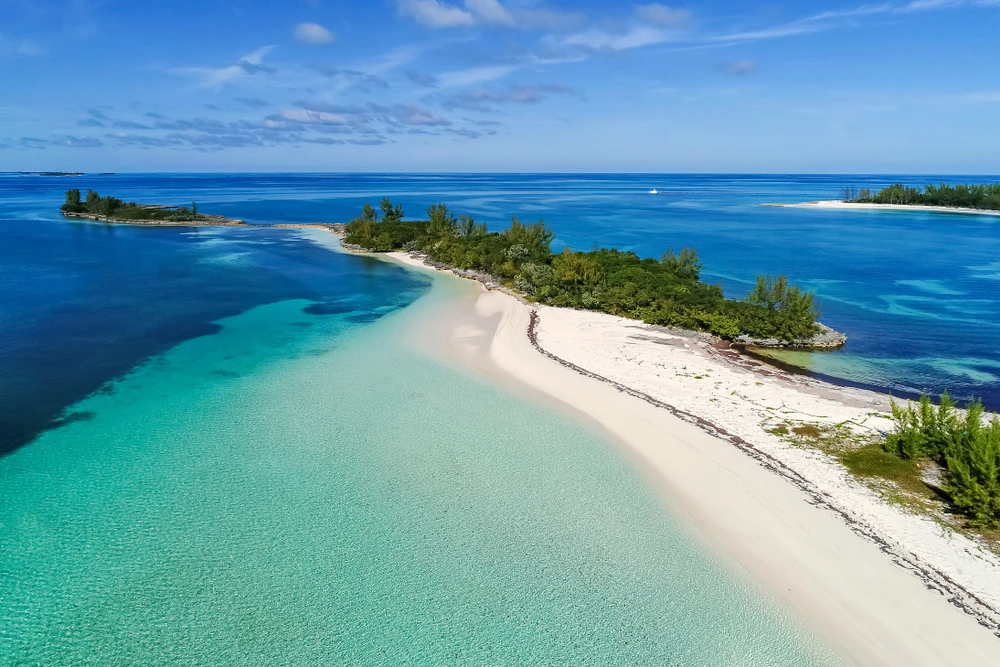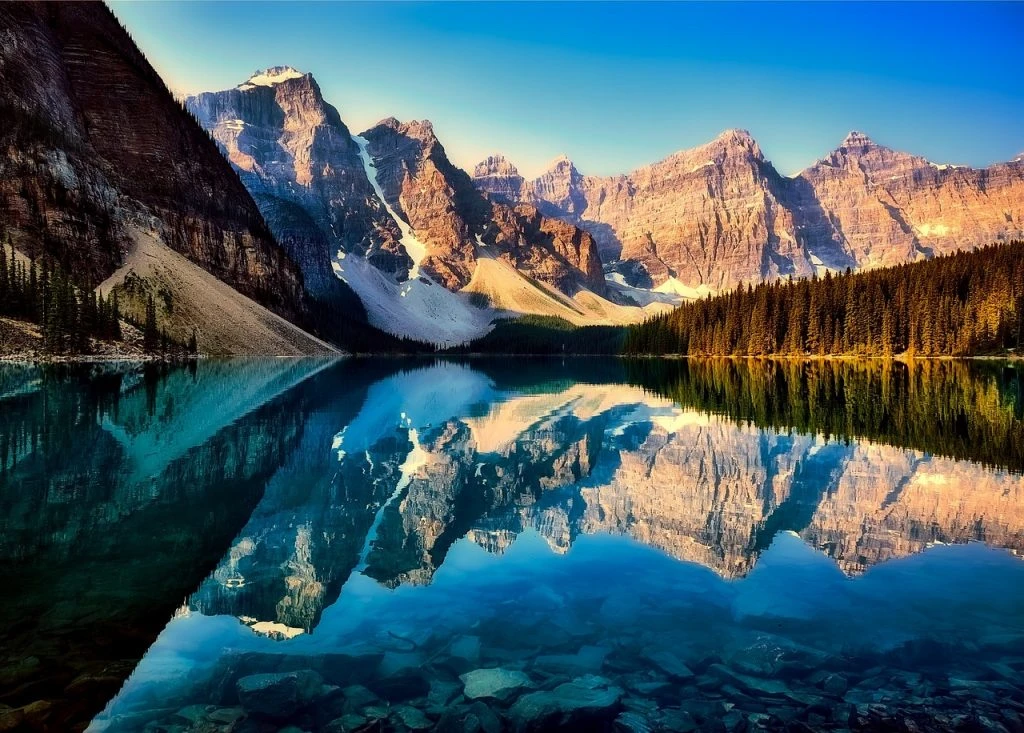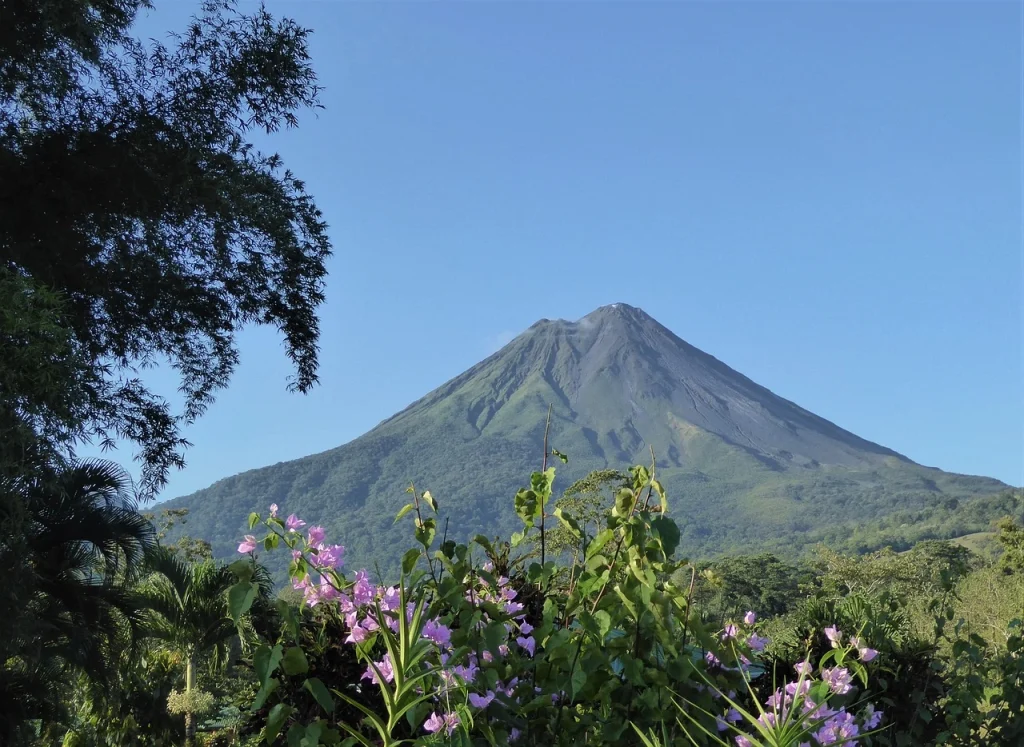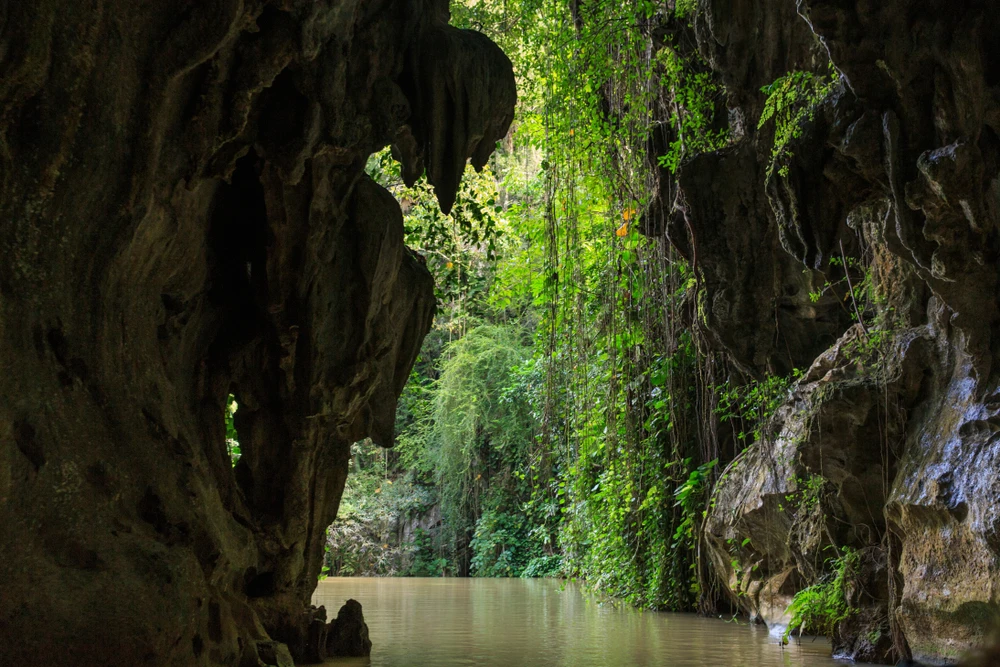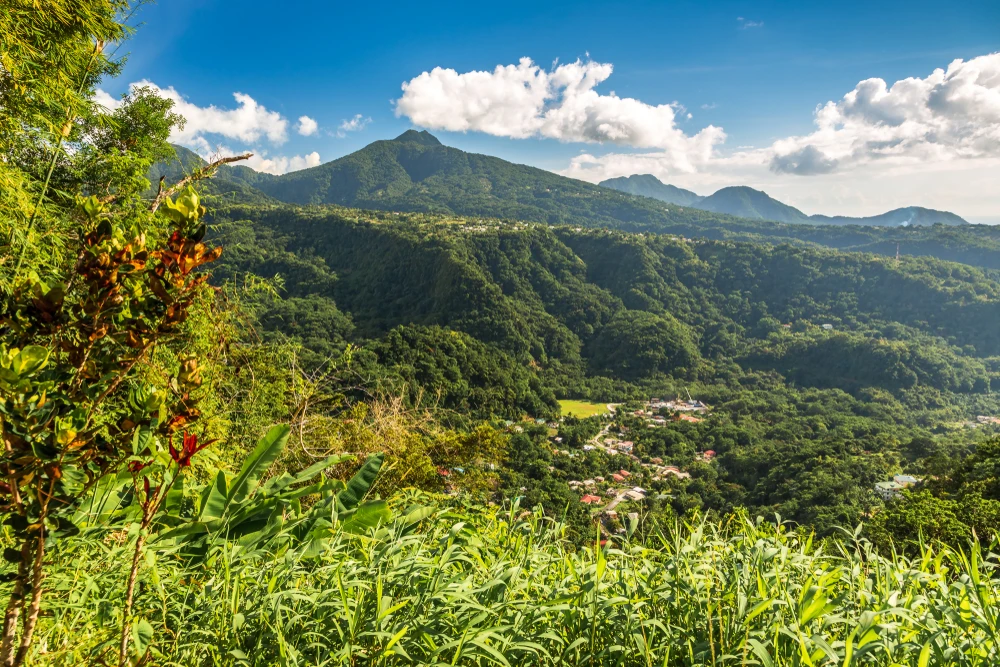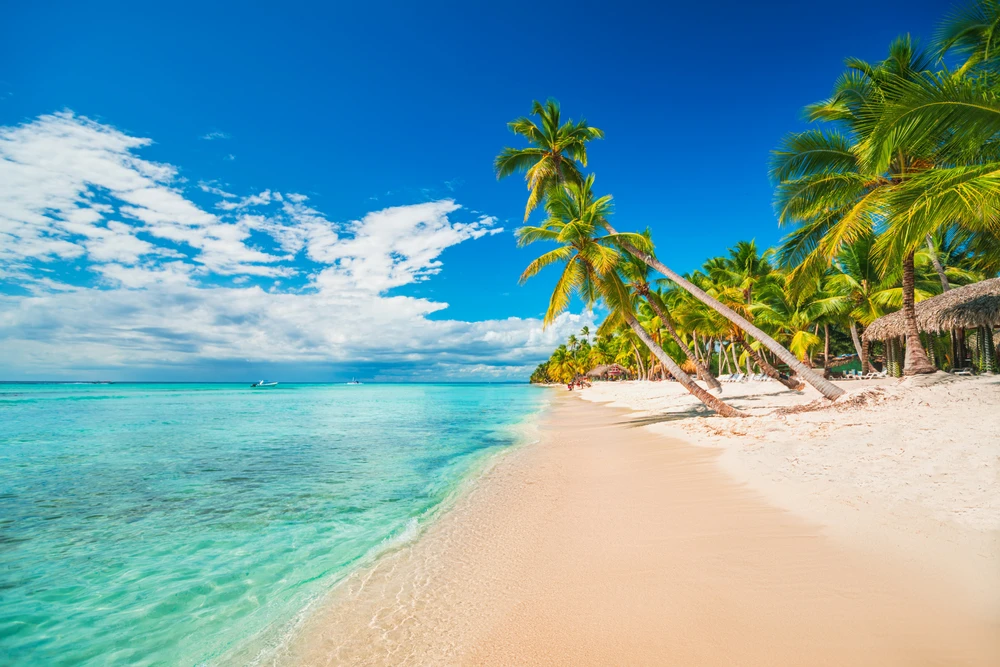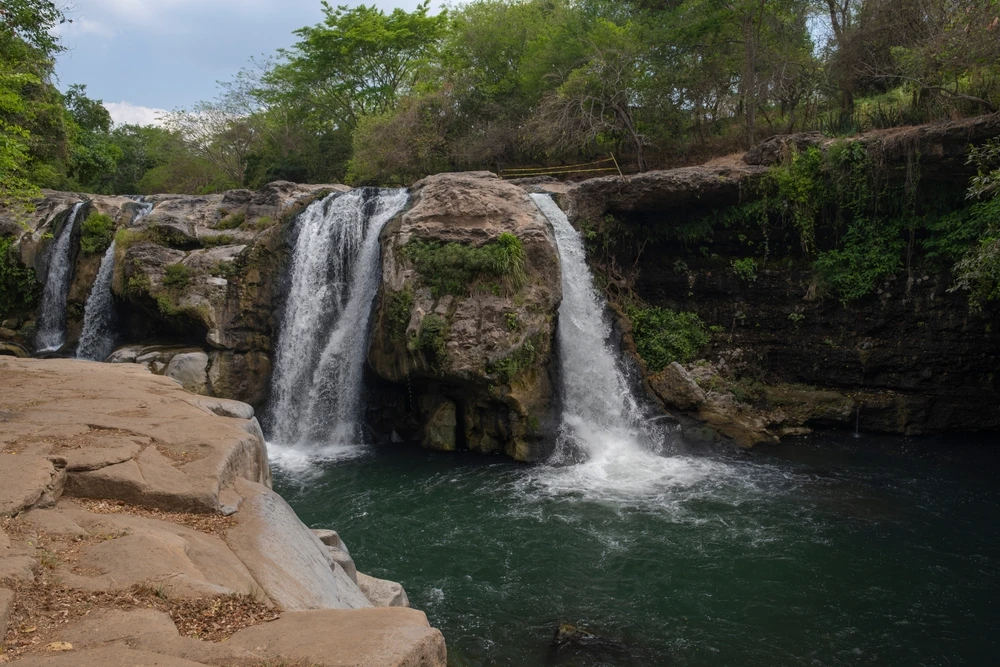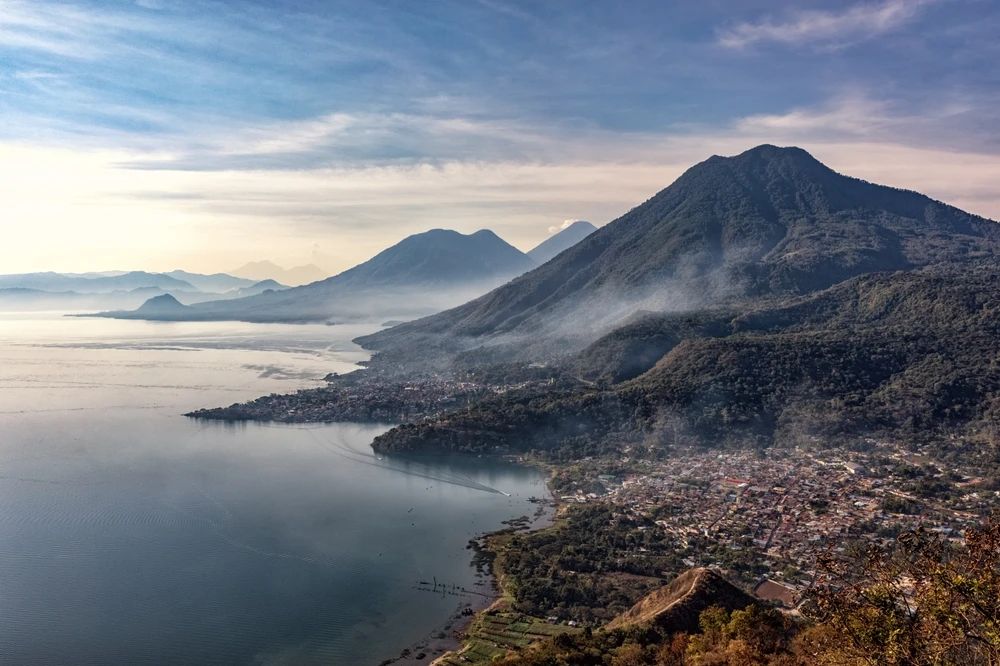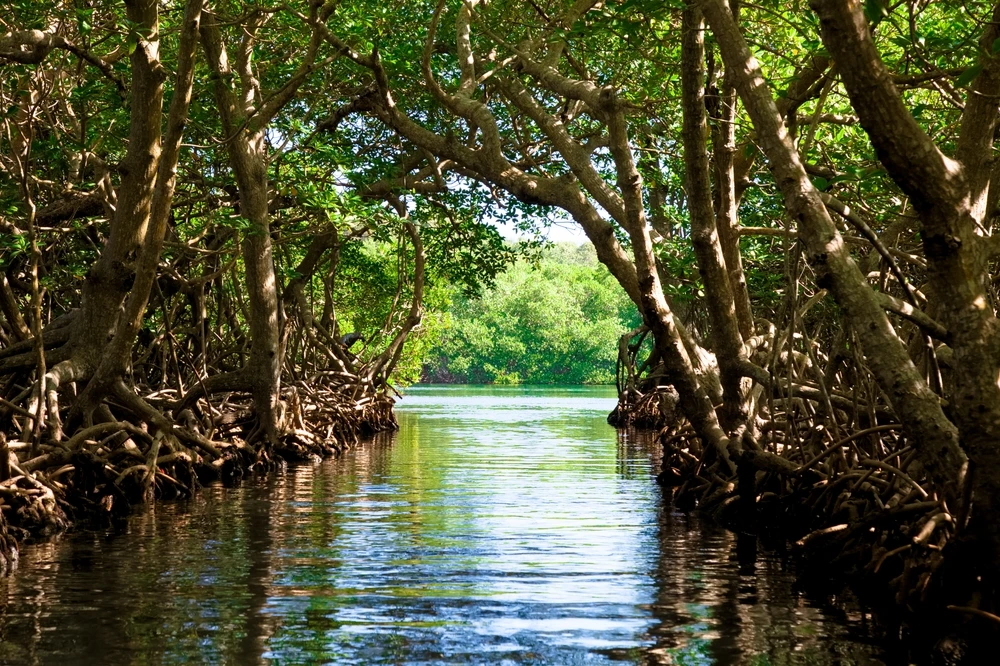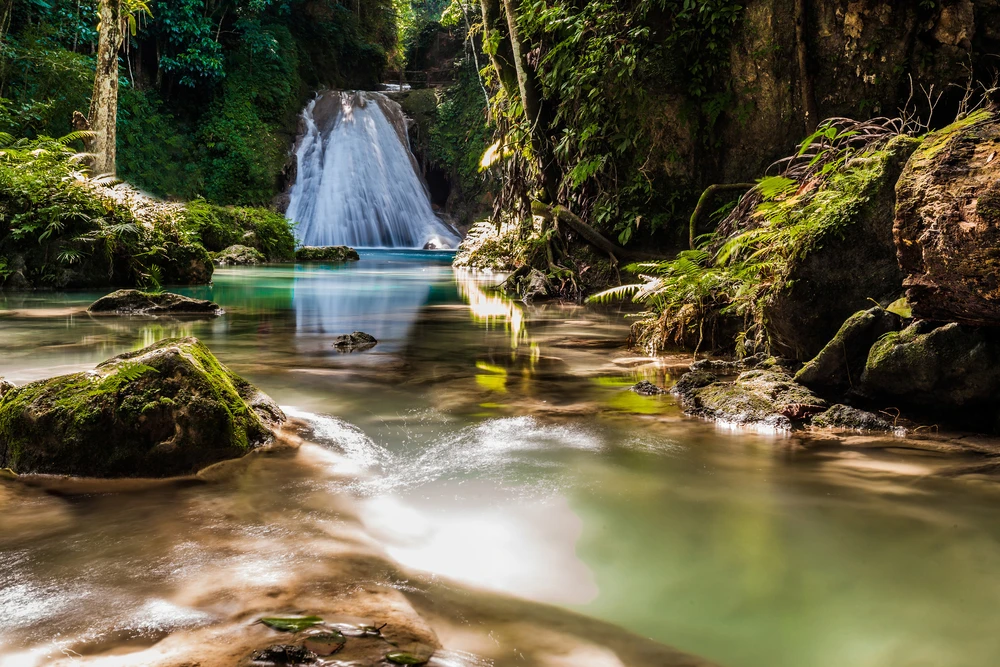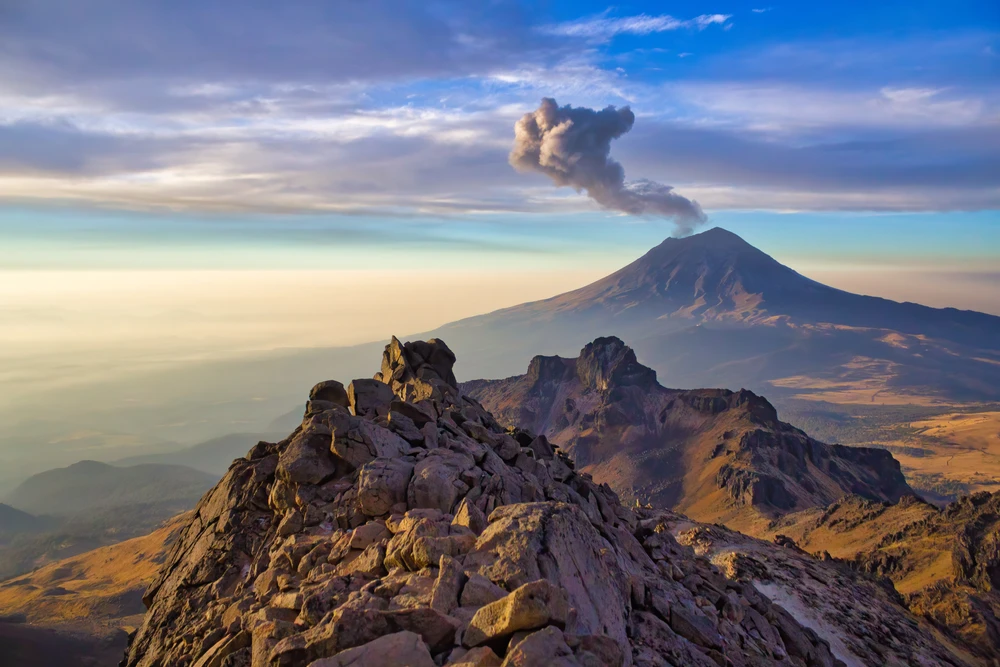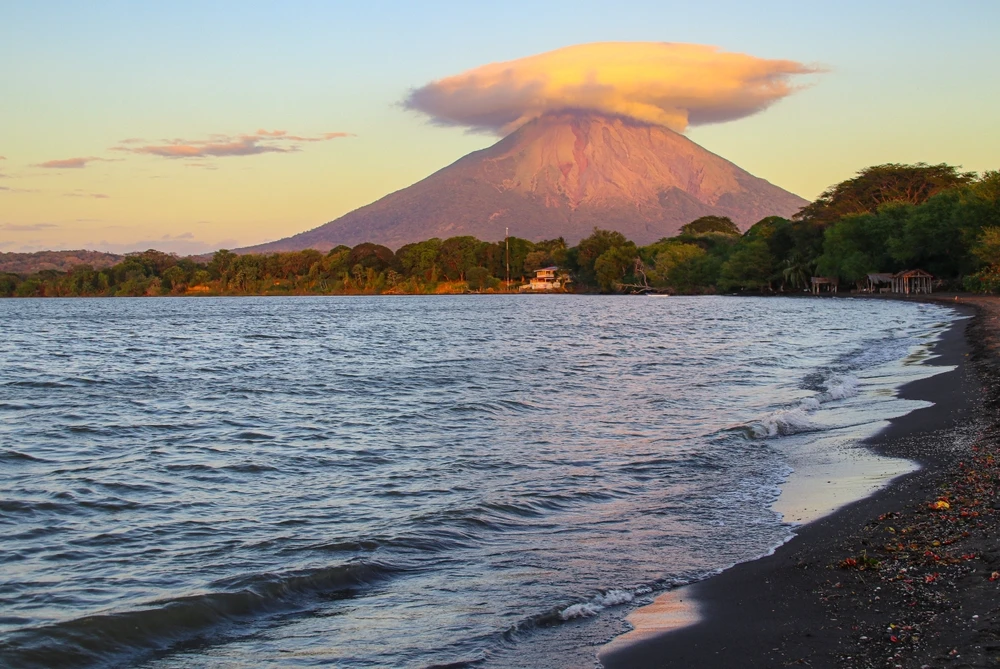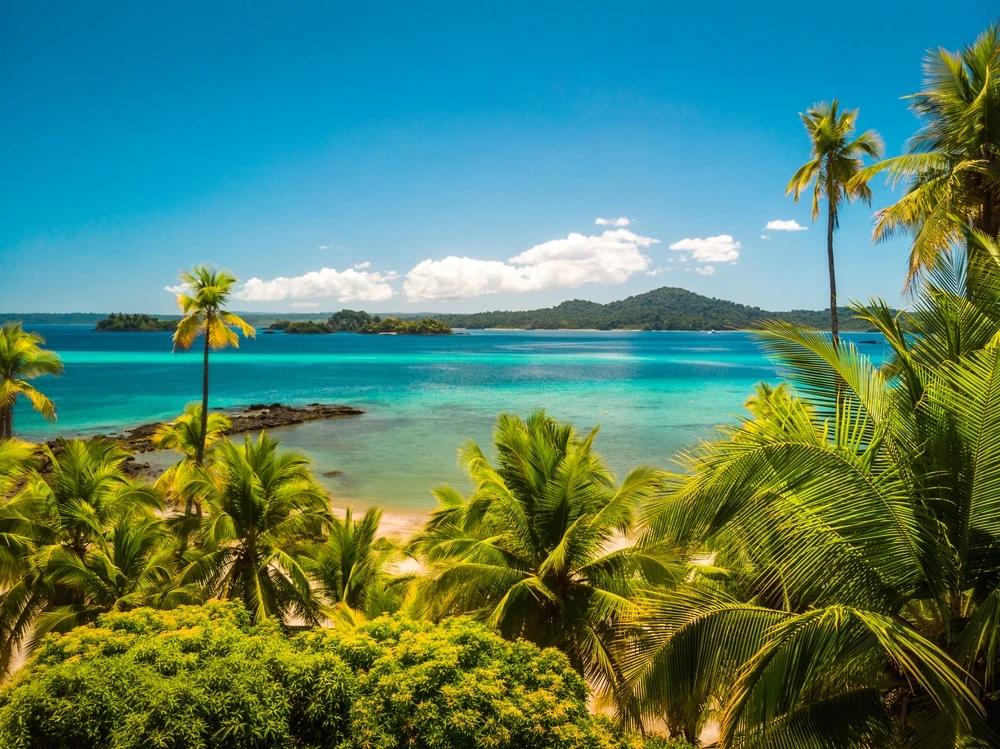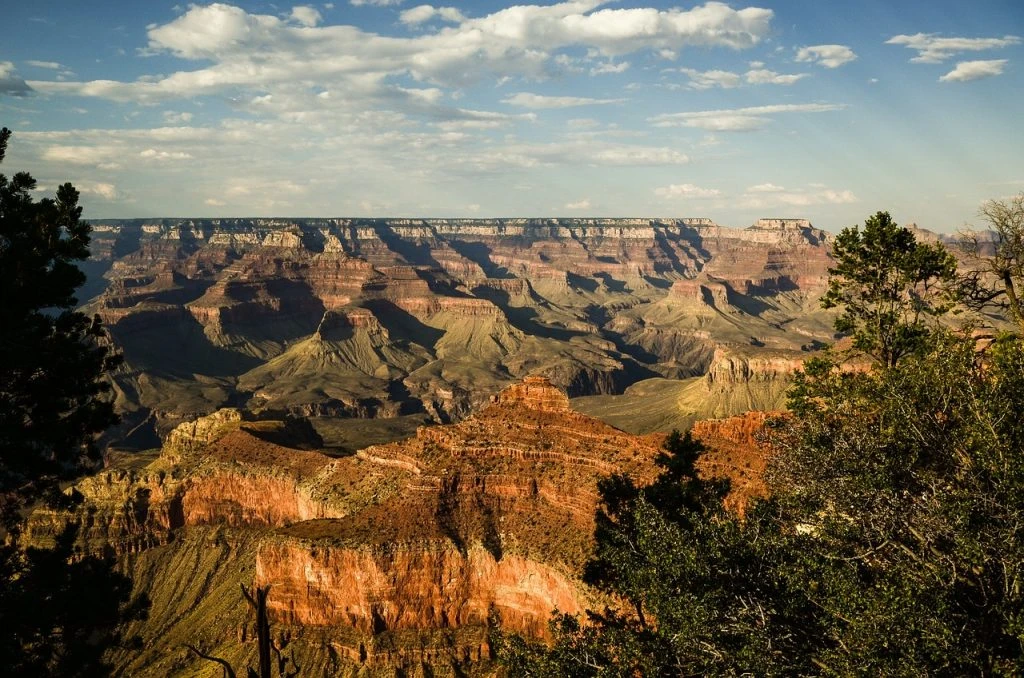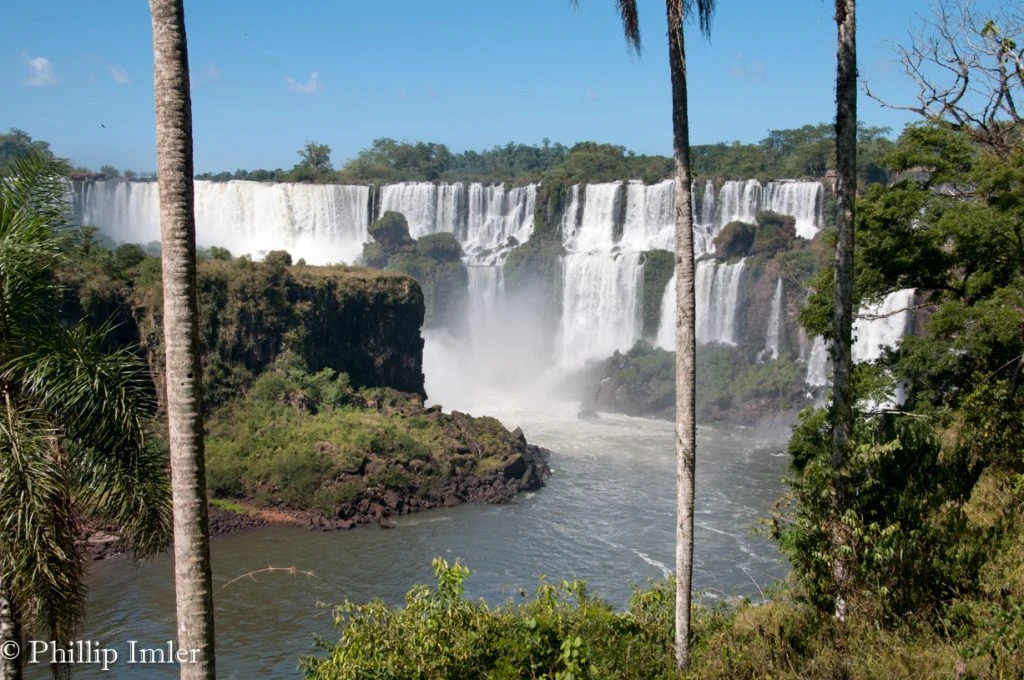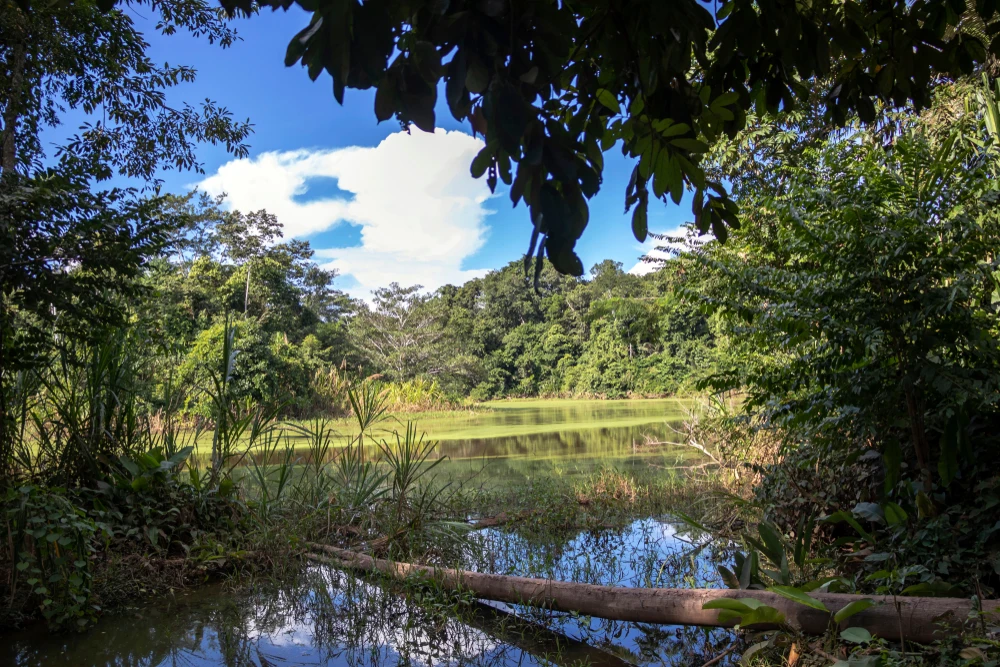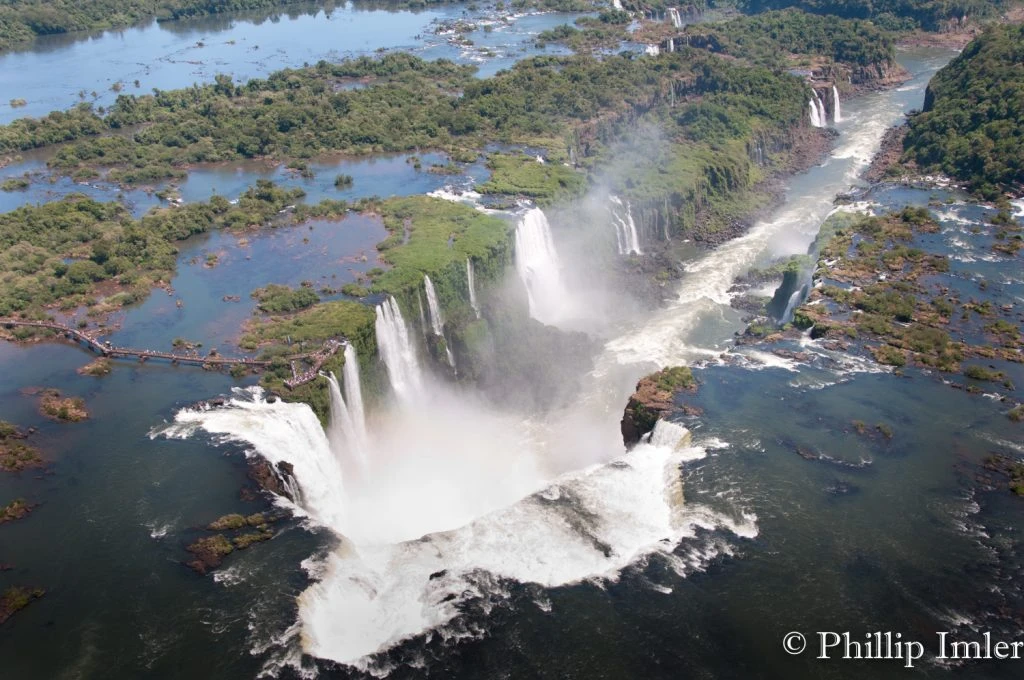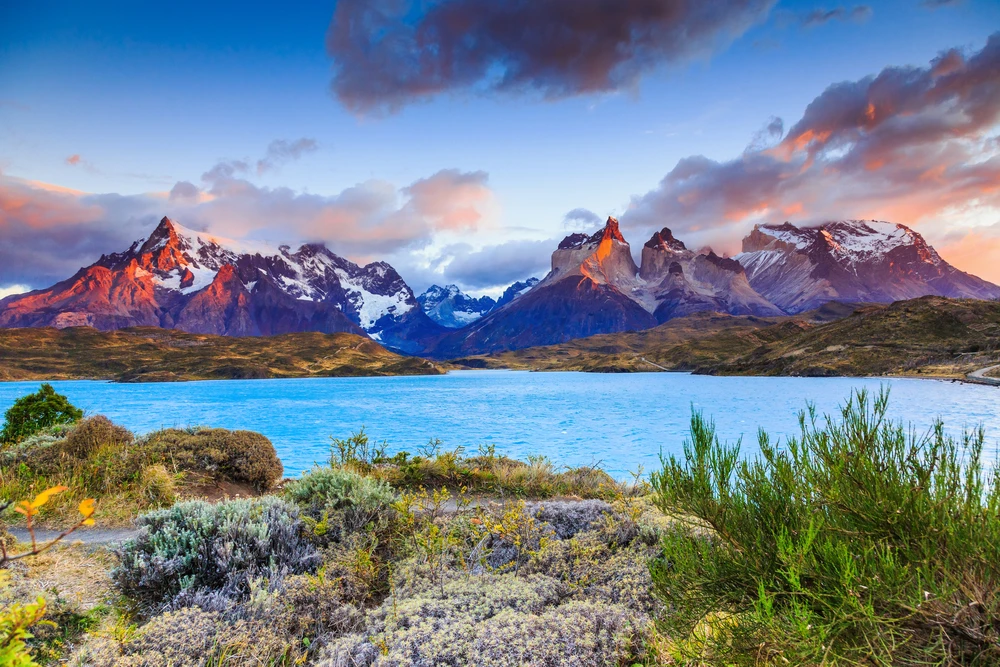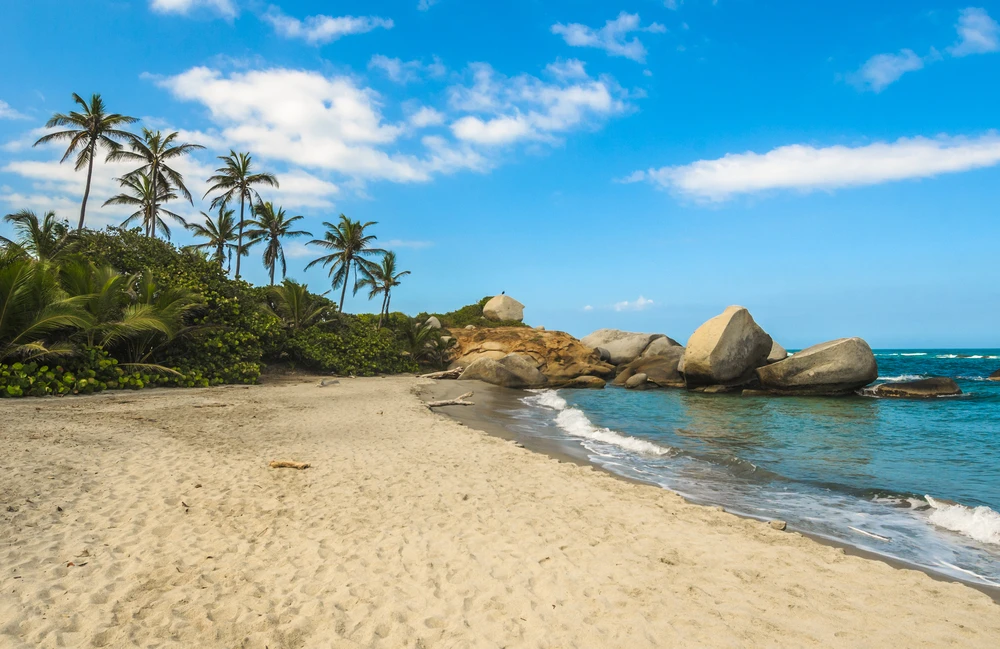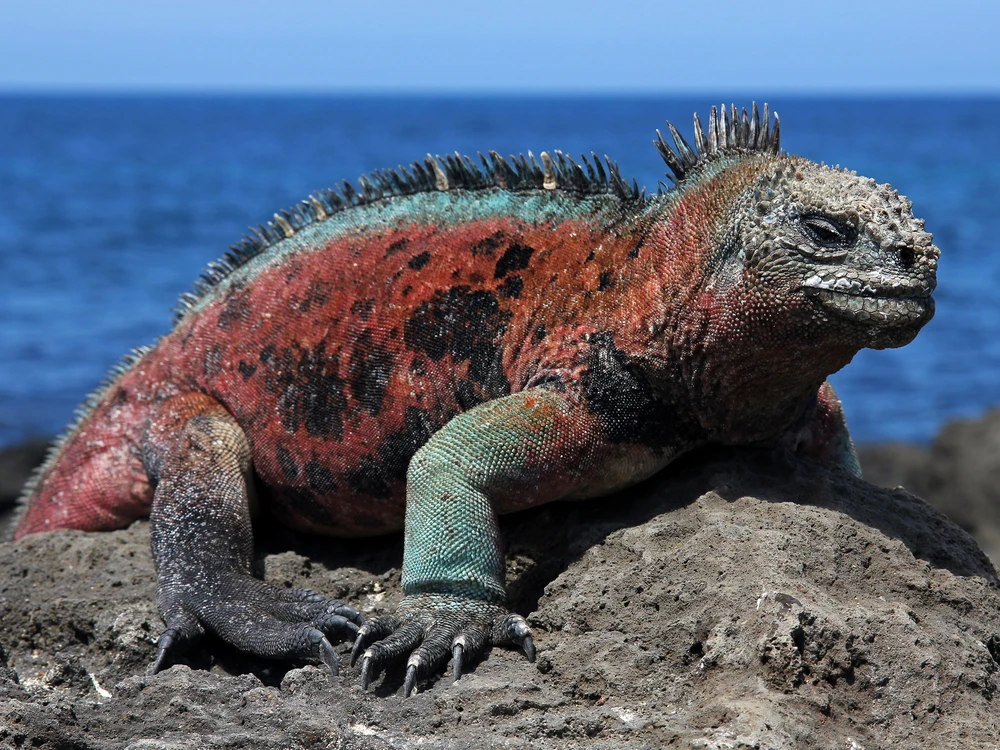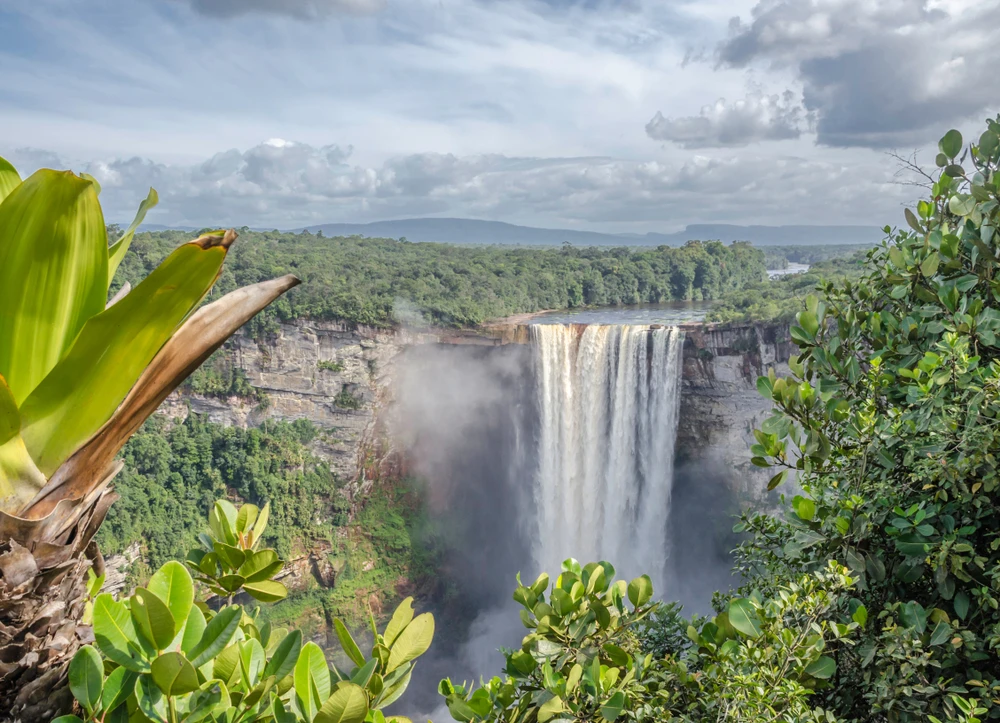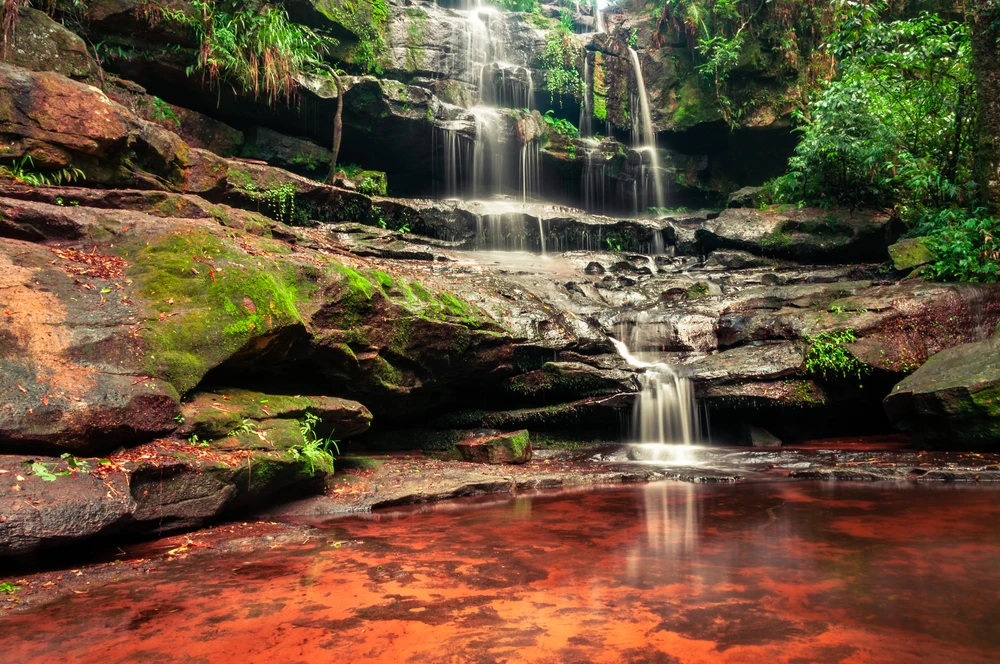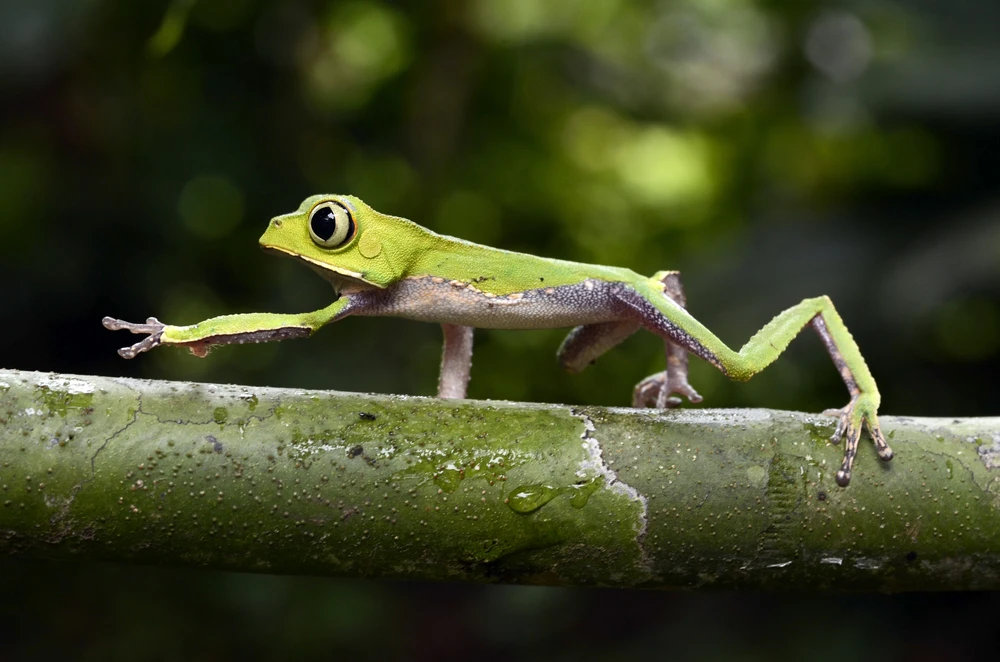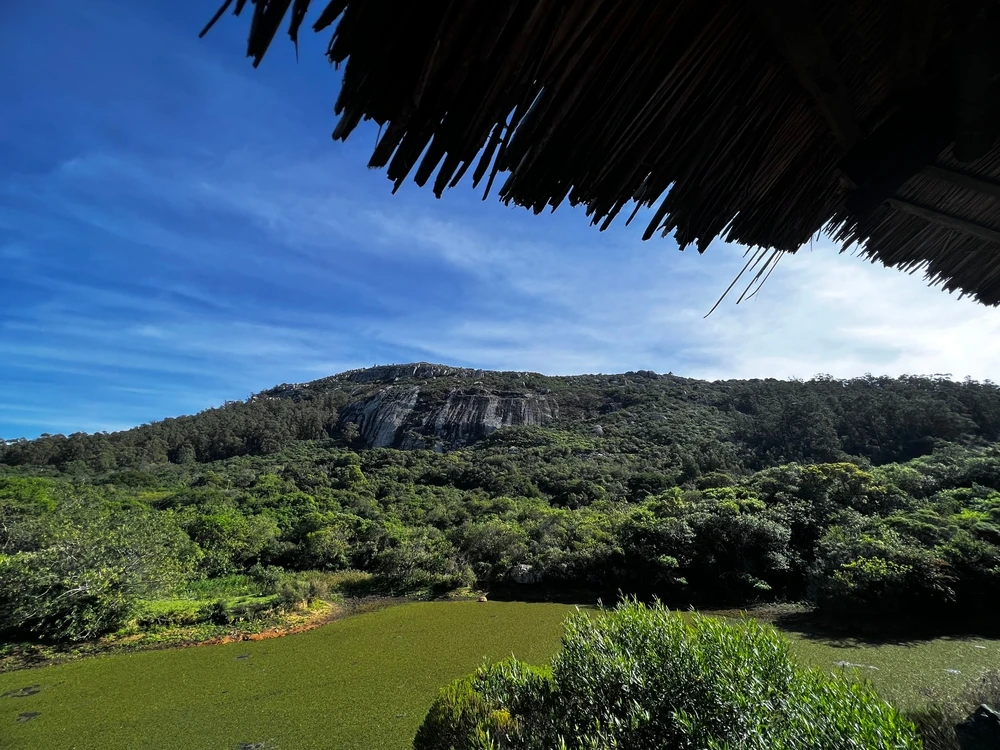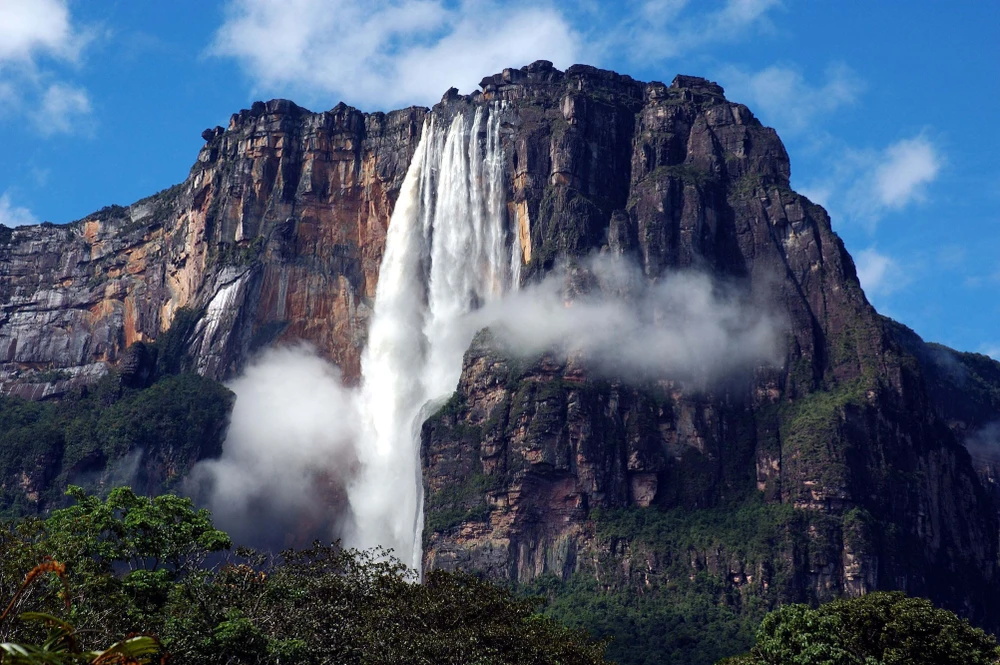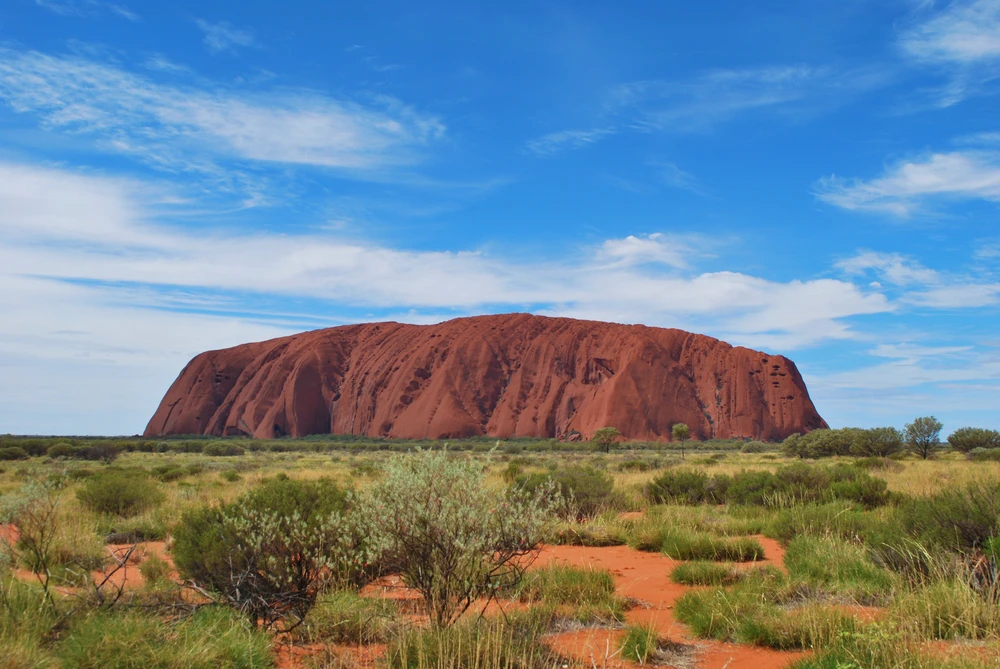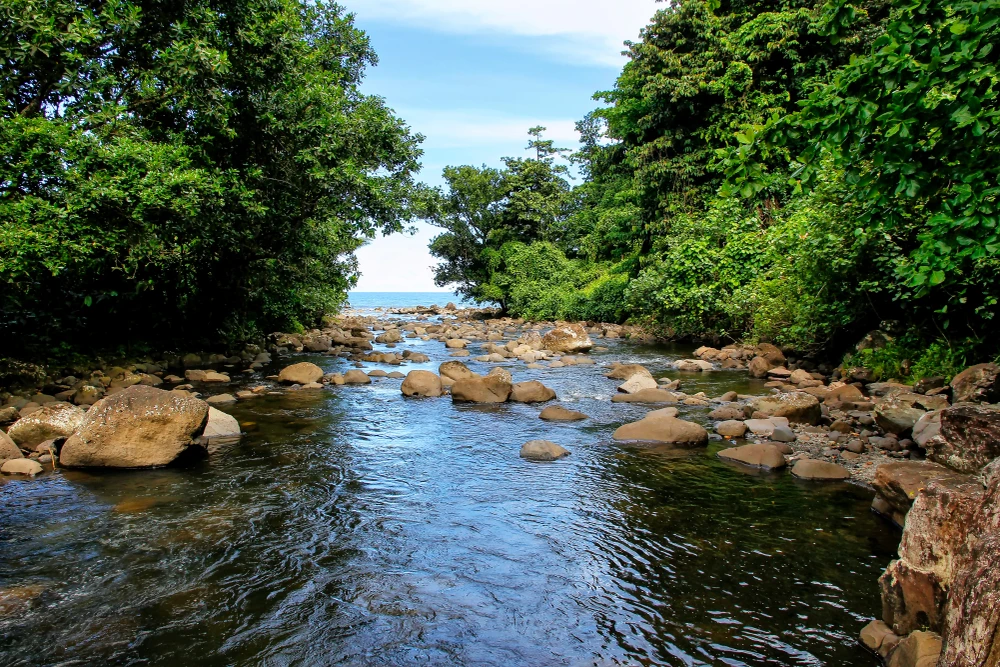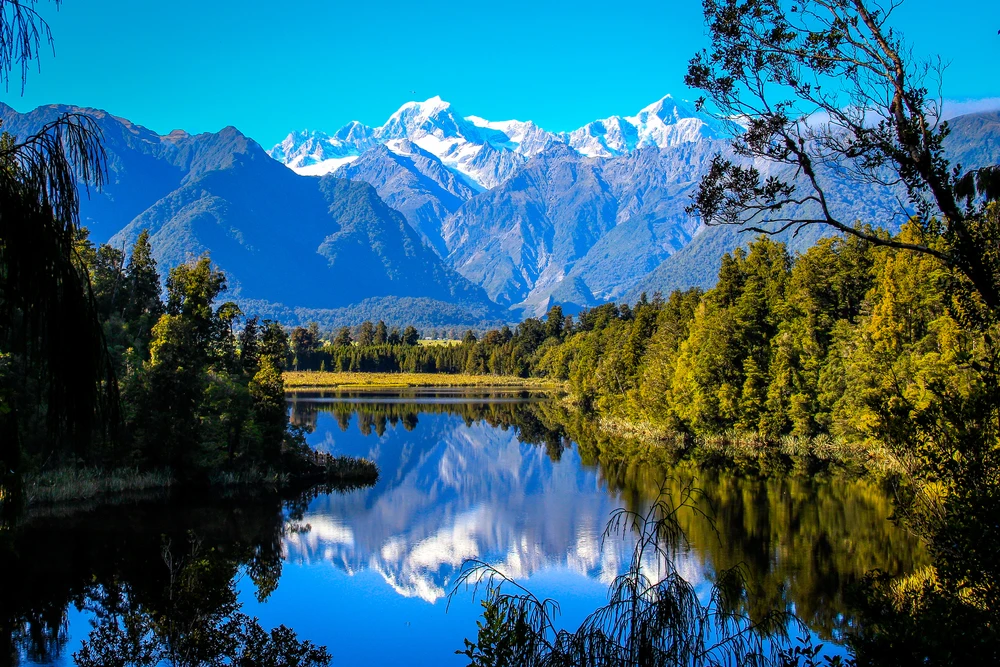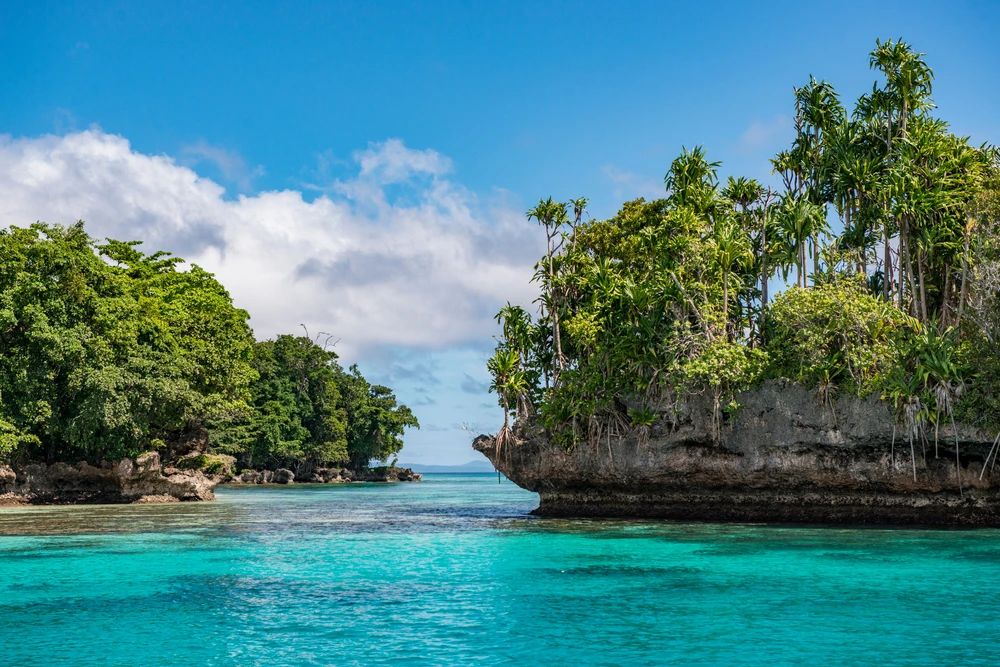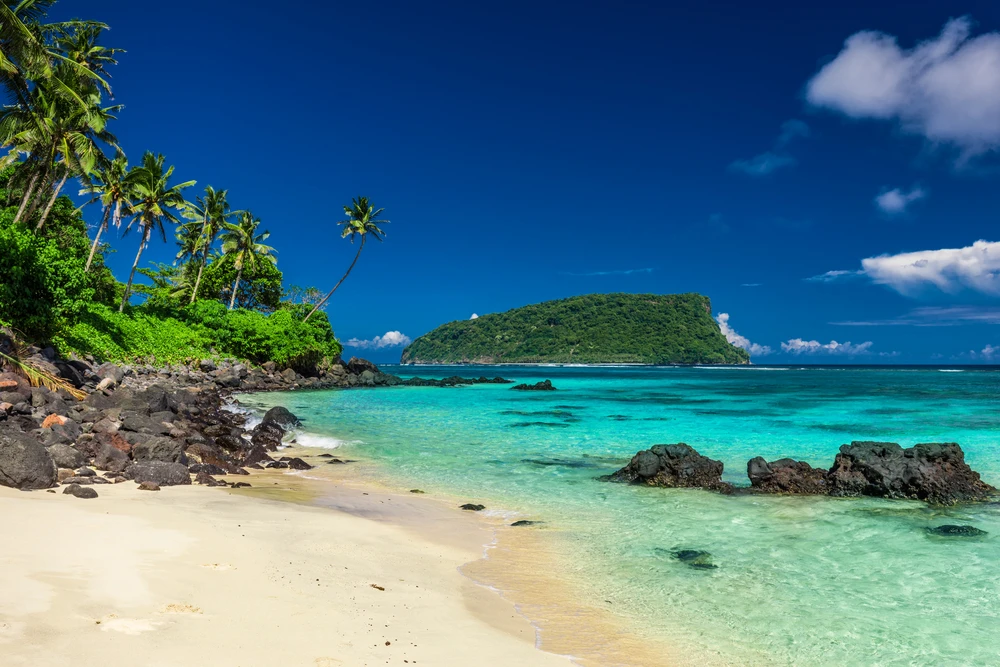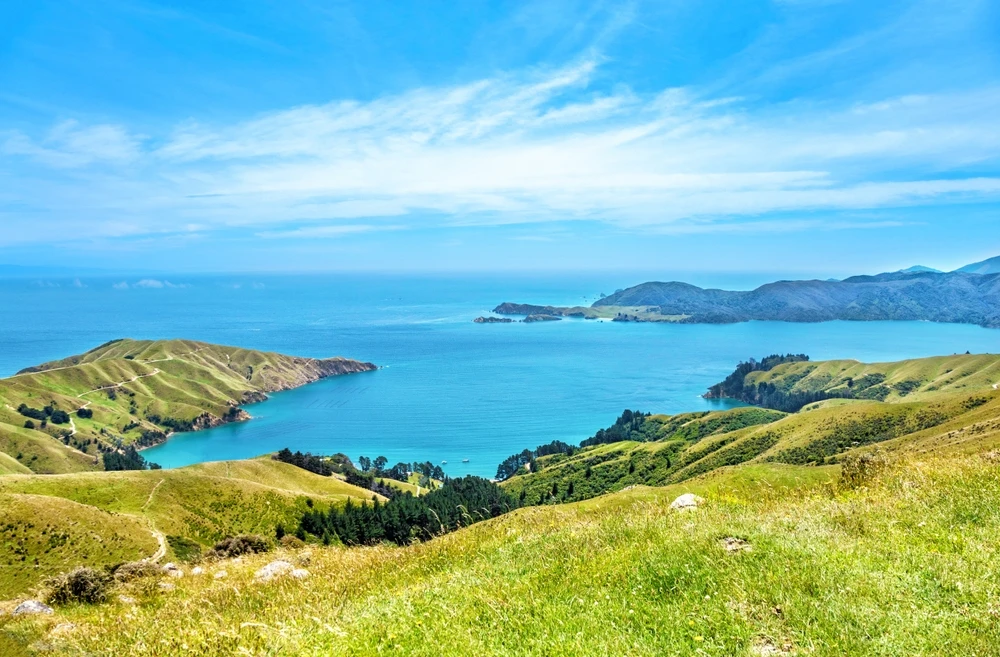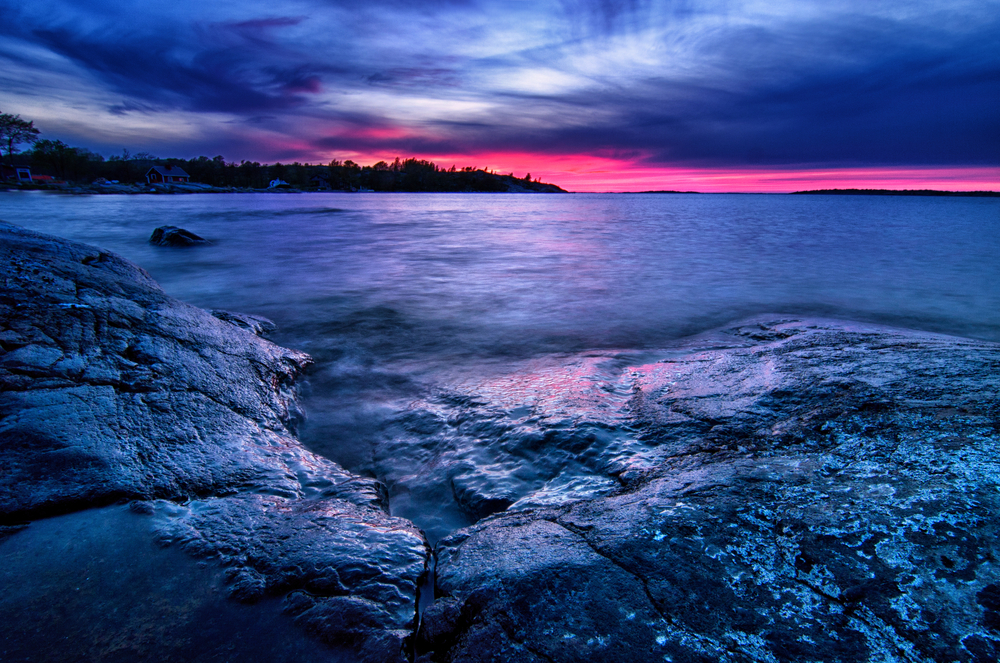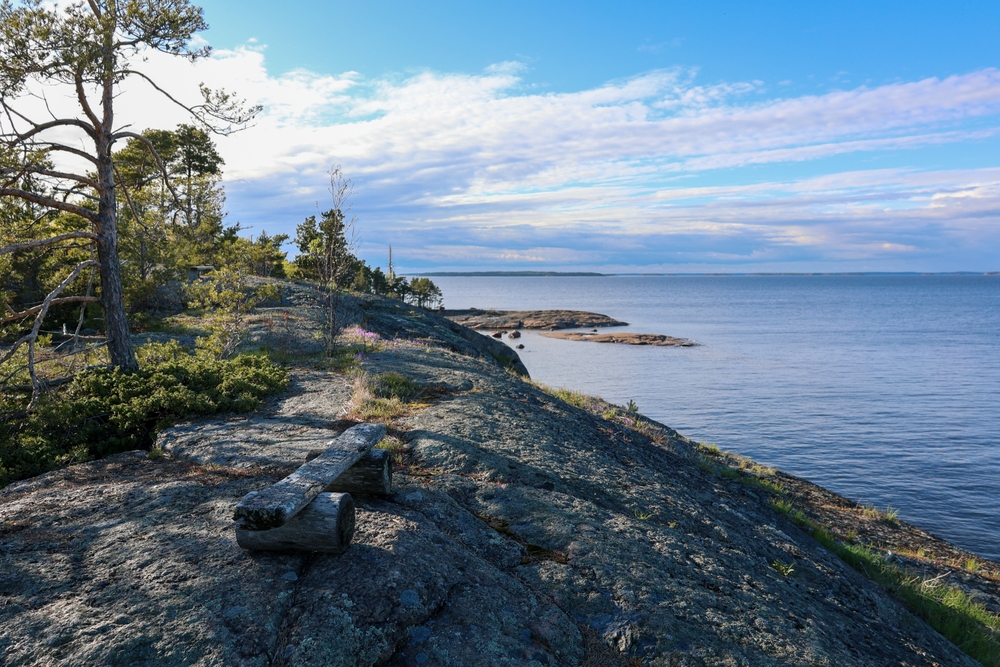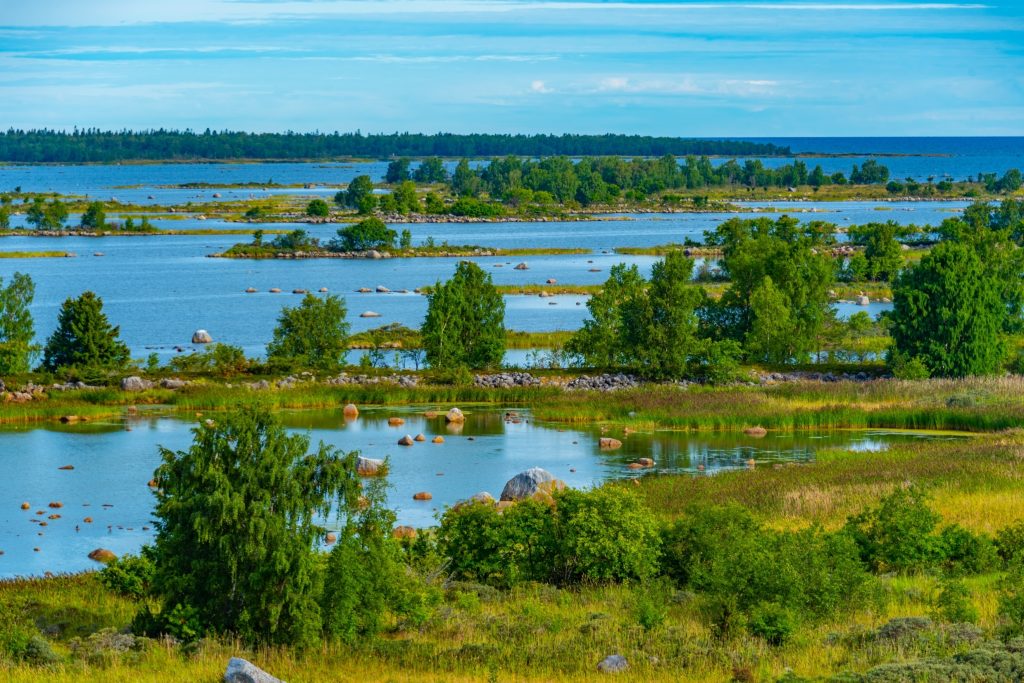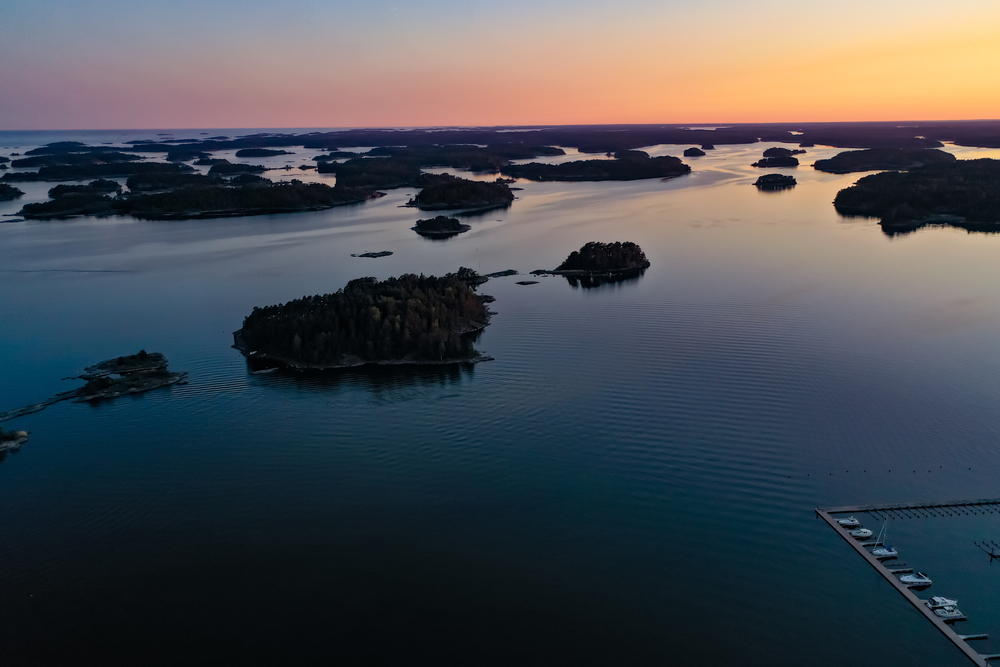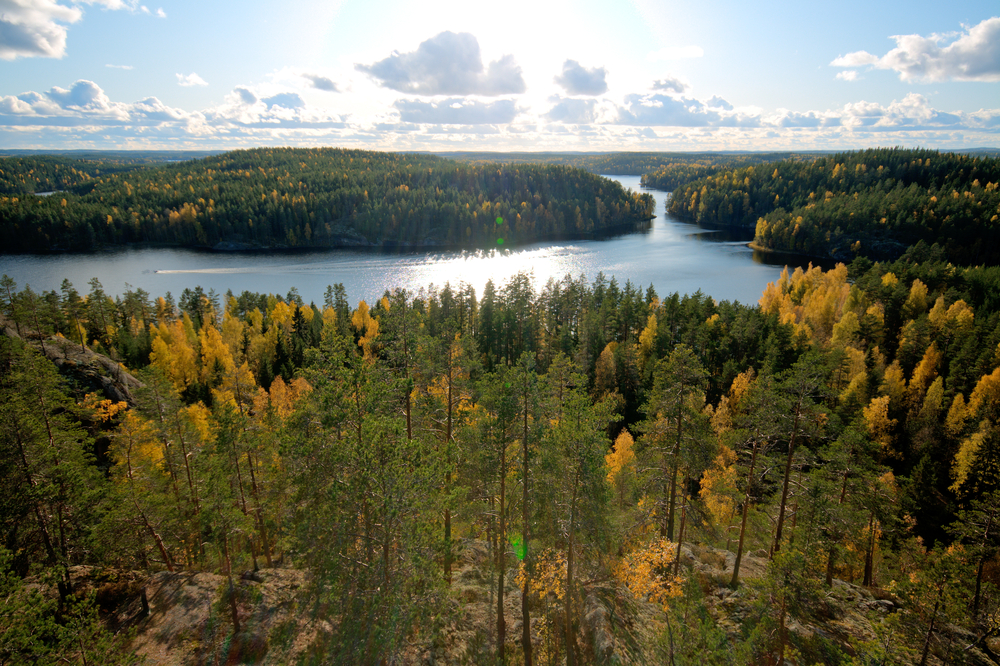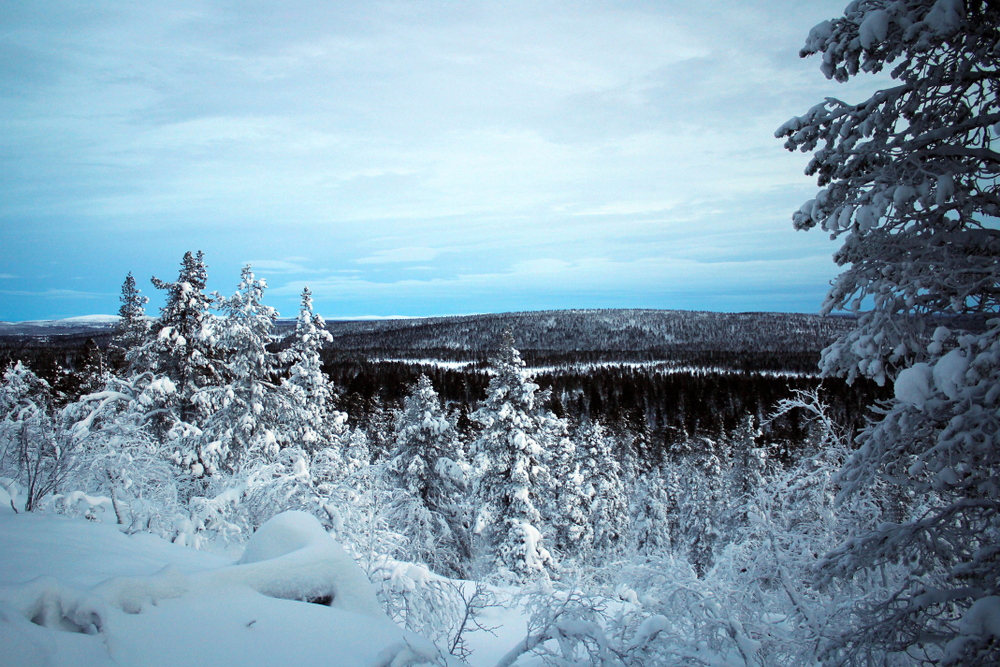Helvetinjärvi Overview
Helvetinjärvi National Park (Helvetinjärven kansallispuisto) is a stunning natural area located in the Pirkanmaa region of Finland. Covering approximately 19.5 square miles (50.5 square kilometers), the park is situated near the town of Ruovesi and is known for its dramatic landscapes shaped by ancient geological formations.
The name “Helvetinjärvi” translates to “Lake of Hell,” a reference to the rugged terrain and steep rock walls that define the park’s unique scenery. Established in 1982, the park was created to preserve the pristine wilderness of the area while providing opportunities for outdoor recreation and nature appreciation.
The landscape of Helvetinjärvi National Park is characterized by deep gorges, towering rock cliffs, dense forests, and pristine lakes. The most famous geological feature of the park is Helvetinkolu, a dramatic and narrow rock crevice that offers breathtaking views of Helvetinjärvi Lake below. The cliffs of Helvetinkolu were formed during the Ice Age and have since become one of the most photographed locations in the park.
In addition to rocky ridges and cliffs, the park is home to lush boreal forests dominated by pine, spruce, and birch trees, creating a classic Finnish wilderness setting. Small lakes and bogs dot the landscape, providing important habitats for a variety of plant and animal species.
Wildlife in Helvetinjärvi National Park is diverse, with many species adapted to the boreal environment. Among the mammals found in the park are moose, roe deer, and red foxes, as well as smaller creatures like pine martens and hares.
The dense forests and tranquil waters also support a range of bird species, making the park a favorite among birdwatchers. Common sightings include the black woodpecker, common goldeneye, and various species of owls. During the migration seasons, visitors may also spot rare birds passing through the area. The park’s lakes and wetlands provide important breeding grounds for waterfowl and other bird species, contributing to the overall biodiversity of the region.
One of the most popular features of Helvetinjärvi National Park is its well-maintained network of hiking trails that allow visitors to explore the rugged beauty of the park. The most famous route is the Helvetinkolu Trail, which leads hikers through dense forests, across rocky terrain, and ultimately to the iconic Helvetinkolu crevice. Along the way, visitors can enjoy scenic viewpoints, picnic areas, and rest spots that offer a chance to take in the tranquil surroundings.
Other trails in the park vary in length and difficulty, making it accessible for both casual hikers and experienced outdoor enthusiasts. In addition to hiking, visitors can enjoy swimming in the clear waters of Helvetinjärvi Lake, canoeing along the park’s waterways, or camping at designated sites for an immersive wilderness experience.
Helvetinjärvi National Park faces several conservation challenges, including the protection of its delicate ecosystems from human impact. Increased visitor numbers require careful management to ensure that the park’s natural features remain unspoiled.
The Finnish government and conservation organizations work together to maintain the park’s trails, manage wildlife habitats, and promote sustainable tourism practices. Thanks to these efforts, the park has been successful in preserving its landscapes and biodiversity while providing a unique and accessible nature experience for visitors.
